Chips, chocolate and other surprisingly healthy foods
Not so unhealthy after all

We’re always hearing about the dangers of supposedly unhealthy foods, from white bread to chocolate. But what if some of these foods are healthier than you think? It’s true that too much sugar, fat and salt can increase the likelihood of health issues such as obesity and heart disease, but that doesn’t mean all foods that contain them are off-limits. Eaten in moderation, they can be part of a healthy diet – and they can even have some surprising health benefits.
Click or scroll through our gallery to discover 32 nutritionist-approved ‘unhealthy’ foods that fit into a healthy diet, counting down to the most surprising of all.
We’ve based our ranking on how surprisingly healthy each food is, taking guidance from a registered nutritionist and official sources.
32. Popcorn
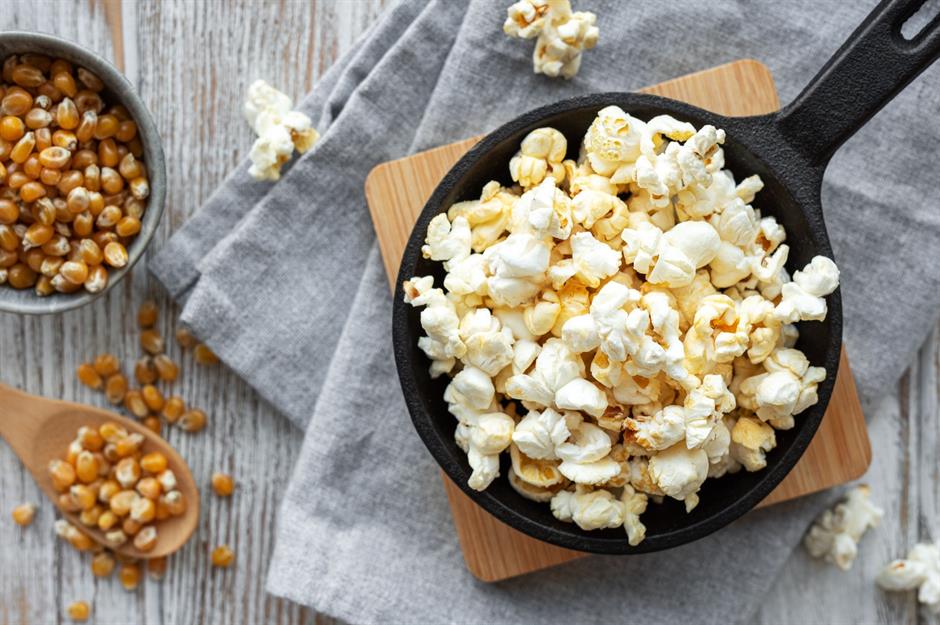
Looking for a satisfying snack to graze on? This crunchy cinema favourite could be the one for you. “Popcorn is a healthier snack option because it’s a wholegrain that is high in fibre, which can promote digestion and help you feel full,” says registered nutritionist Jen Walpole. “It’s naturally vegan and gluten-free, making it a suitable choice for those with dietary restrictions or preferences, too.”
32. Popcorn

The puffed snack is packed with polyphenol antioxidants, a type of antioxidant that helps to protect cells. Popcorn also boasts handy nutrients, too, including magnesium, potassium and zinc. Opt for small, individual bags to make portion control easier – or make your own, allowing you to dictate the ingredients list entirely.
31. Dried fruit
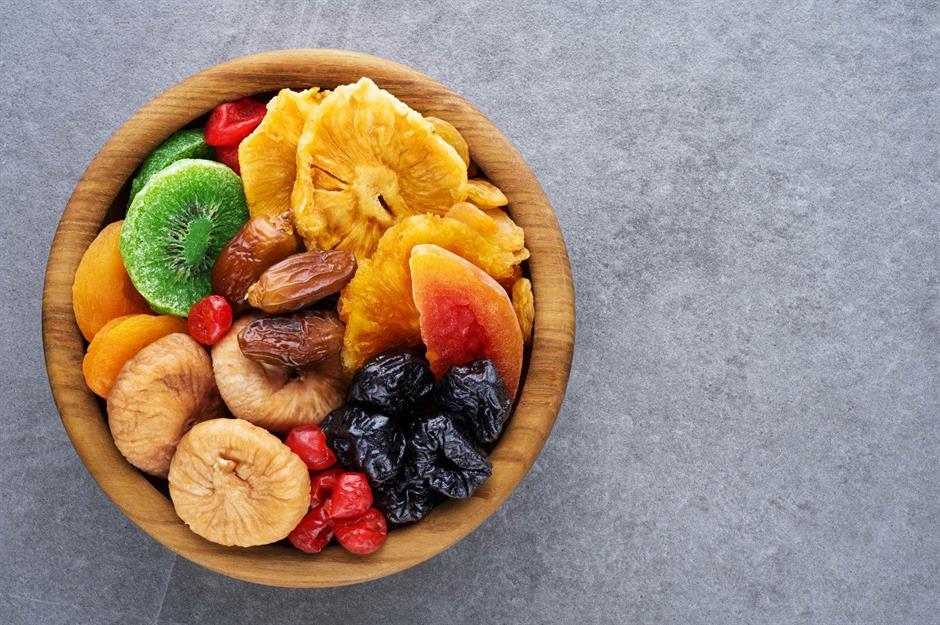
Not all dried fruits are created equal, with many supermarket brands sneakily adding in extra sugars and sweeteners, clocking up the calories and sugar content – so these versions are worth avoiding. But opt for those without any added sugars and this snackable food can be highly nutritious. Dried fruits are packed full of fibre, important nutrients and antioxidants, including polyphenols, which help to improve digestion and reduce the risk of some diseases.
31. Dried fruit
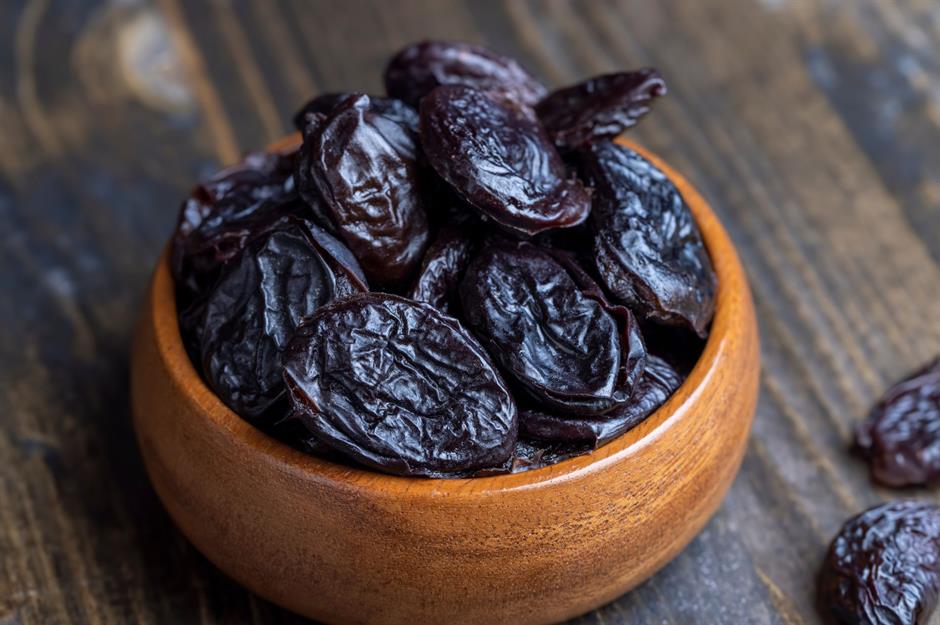
Raisins, for example, are high in iron and calcium, both of which are important for maintaining a healthy body, while prunes are known to be natural laxatives and are rich in potassium. Choose dried fruits without any added ingredients or coated styles, and enjoy them tossed over granola or added into baked goods.
30. Nut butters
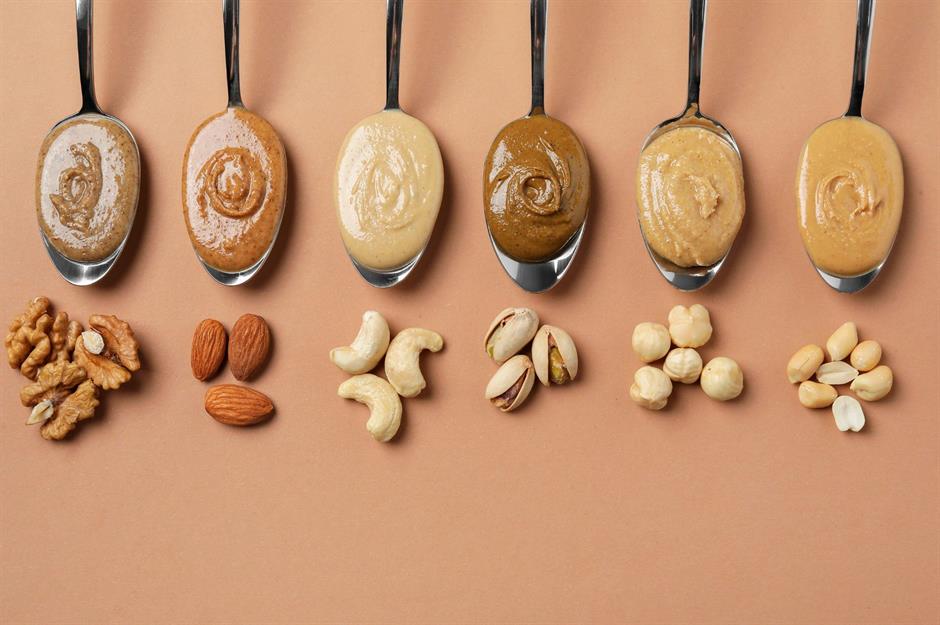
While nut butters can be higher in fat than other sandwich spreads, they offer a whole lot of health benefits, too. “Nut butters are nutrient dense, providing healthy fats, protein, fibre and essential vitamins like vitamin E and magnesium,” says Walpole. There are a host of delicious options available, from creamy macadamia butter, known to improve gut health and protect against heart disease, to classic peanut butter.
30. Nut butters
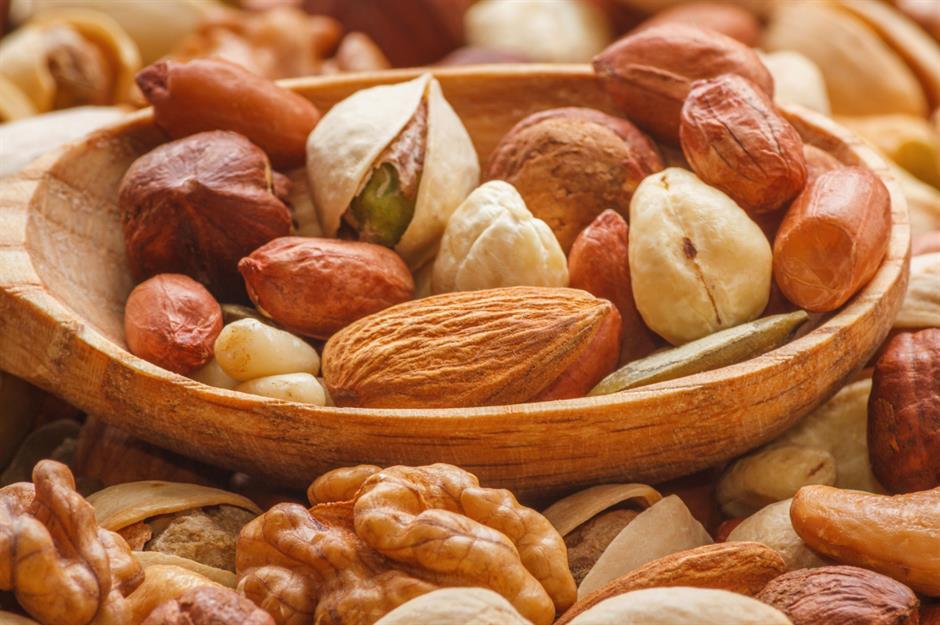
“Almond butter offers more vitamin E and calcium compared to peanut butter, while peanut butter is higher in protein, so incorporating a variety of nut butters can give you a broader range of health benefits,” says Walpole. Try to seek out natural nut butters with ingredients lists that are free from additives, preservatives, added sugar and sweeteners.
29. Seed oils
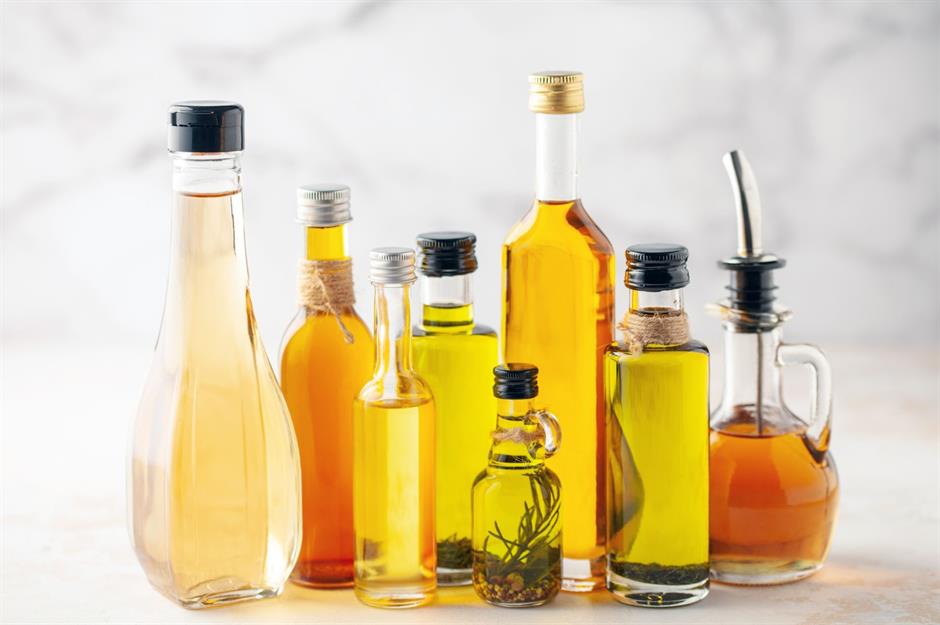
From sunflower to rapeseed, seed oils often carry a bad reputation. While they may not be as beneficial as options like extra virgin olive oil, recent research suggests they don’t need to be eliminated from your diet. Seed oils are a source of unsaturated fats, and their negative image largely stems from their omega-6 content – particularly linoleic acid. This fatty acid can be converted into arachidonic acid, which some studies have linked to inflammation. However, more recent scientific evidence challenges this view, finding little support for the idea that seed oils directly promote inflammation.
29. Seed oils
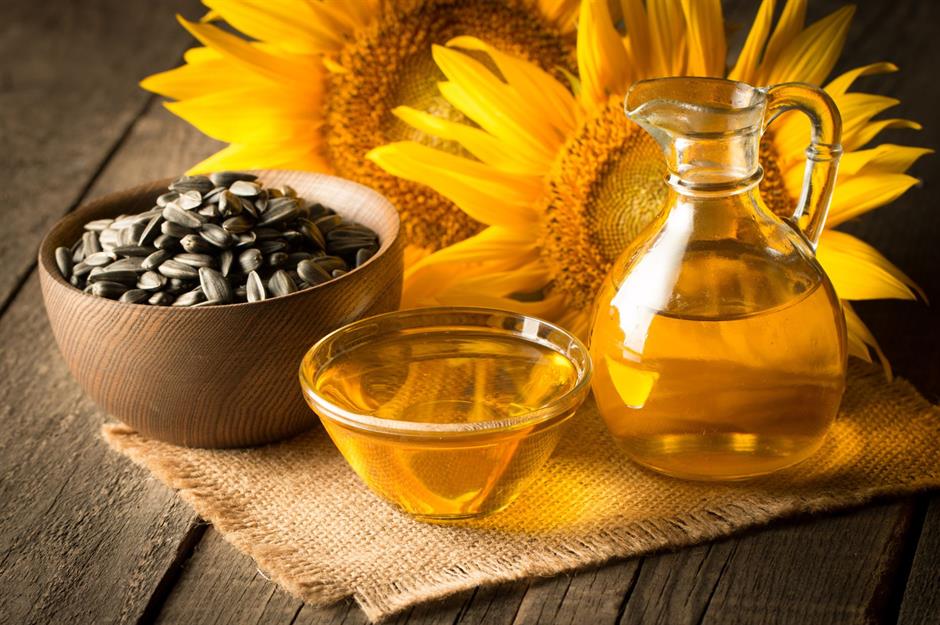
Seed oils, including corn, soybean and grapeseed, are often used in processed foods as they’re cheap and readily available, so it's worth being conscious when and where you're having seed oils. Of course, consuming too much fat or oil of any sort isn’t advisable, but scientists are suggesting that seed oils aren’t as bad as we originally thought.
28. Marmite
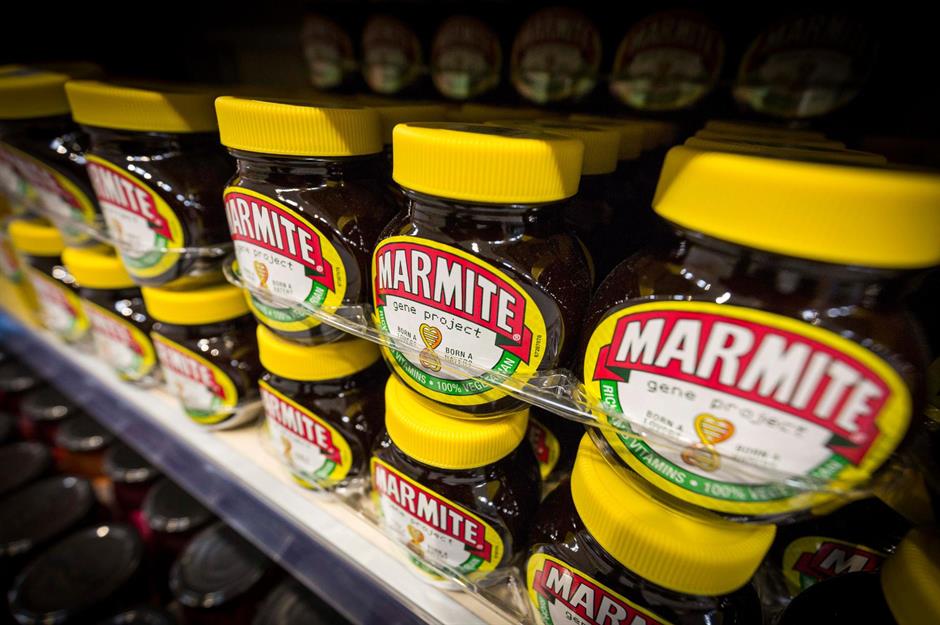
Love Marmite but aren’t sure of its health benefits? While there’s no denying that the spread does have a relatively high salt content, it’s also a powerhouse of B vitamins, which aid the nervous system and help to release energy from food. Handily, Marmite is also vegan and is a great way for those who follow a plant-based diet to get those vital B vitamins, which are typically found in meat proteins.
28. Marmite
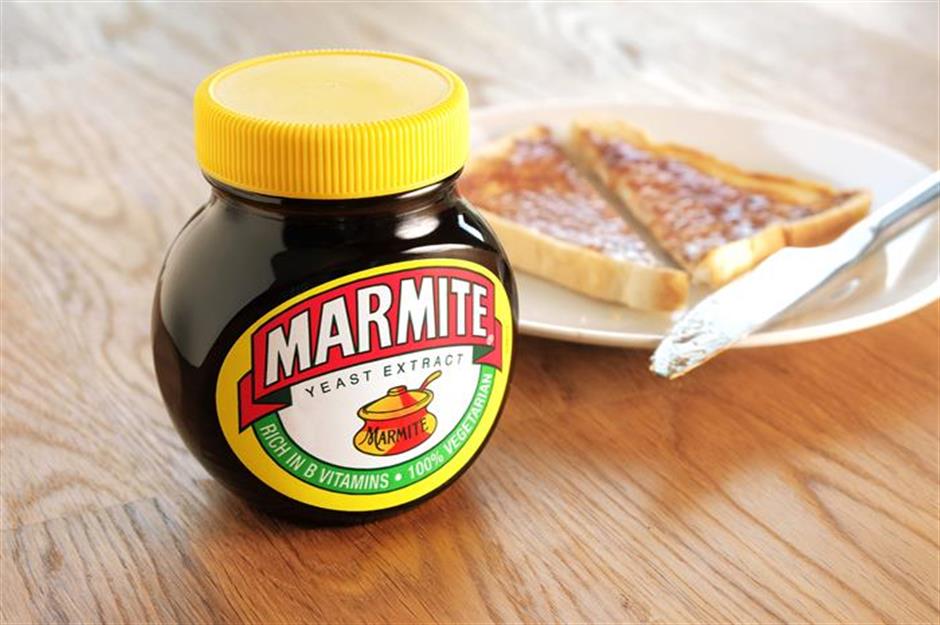
The jet-black spread is also packed with magnesium, a compound known to help relax muscles and promote sleep-inducing qualities – so having a slice of toast with a smear of Marmite in the evening isn’t such a bad idea. Studies have also found that the salty ingredient can increase levels of a certain brain chemical called GABA, which can protect against conditions such as dementia. For the ultimate quick meal that’s also comforting and healthy, dip wholegrain toast soldiers lightly spread with Marmite into a runny boiled egg.
27. Salad dressing

If you’re worried about the calorie and fat content of store-bought salad dressings, making your own is the solution. A homemade salad dressing will not only enhance the flavour of your leafy greens, but preparing it from scratch will allow you to lock in extra nutrients, too. Walpole recommends using extra virgin olive oil, which provides heart-healthy fats and antioxidants, as the base.
27. Salad dressing

To go alongside the olive oil, Walpole suggests mixing a couple of other healthy ingredients into your dressing. “Adding lemon juice boosts the vitamin C count, supporting immune function, while ingredients like tahini or miso contribute beneficial minerals, healthy fats and even gut-friendly probiotics,” she explains. “These dressings also improve the bioavailability of fat-soluble vitamins like A, B, E and K from your vegetables.”
26. Ham
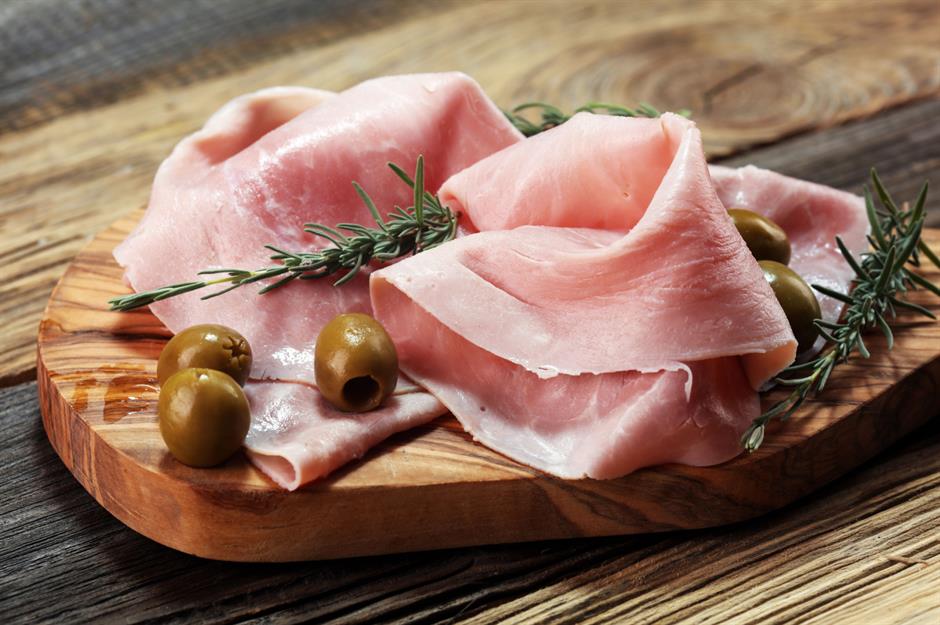
While this popular sandwich filler may be a processed meat, it’s also a lean source of protein, with less than 5% fat. This pork product often has a high nitrite content – a component that's been linked with colon cancer. But there are ways around this – many supermarkets offer nitrate-free versions, which are just as tasty. It is worth noting that ‘no added nitrite’ does not always mean nitrite-free, as celery extracts with naturally high levels of nitrite are often added instead.
26. Ham
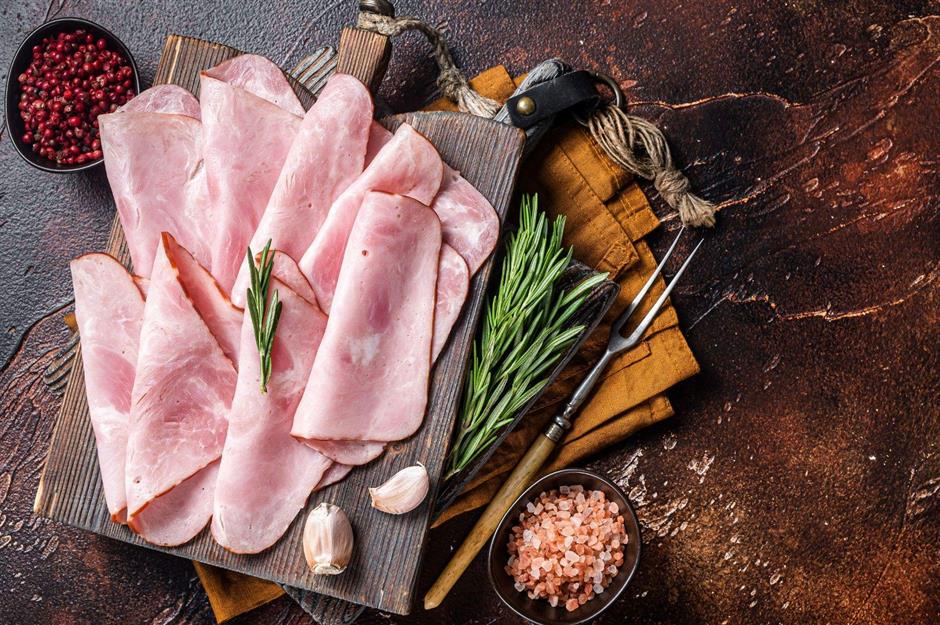
Not only is it a good source of protein, but ham is also rich in selenium, a nutrient known to fight off infections and promote reproduction. The meat slices also contain high levels of other important nutrients, including zinc, potassium, iron and magnesium, meaning you can snack away happily, providing you opt for healthier varieties.
25. Pesto
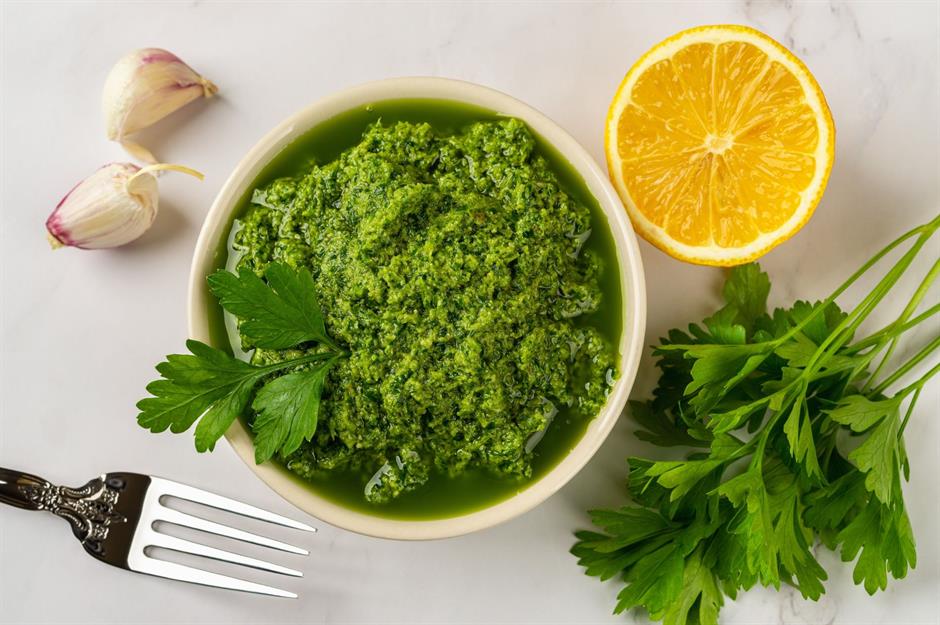
While it’s known for having a higher fat content than a tomato-based sauce, this doesn’t mean you have to forgo your midweek pesto pasta fix. “Pesto can be a nutritious addition to your meal, particularly when it’s made with extra virgin olive oil, which is rich in heart-healthy monounsaturated fats and antioxidants,” says Walpole.
25. Pesto
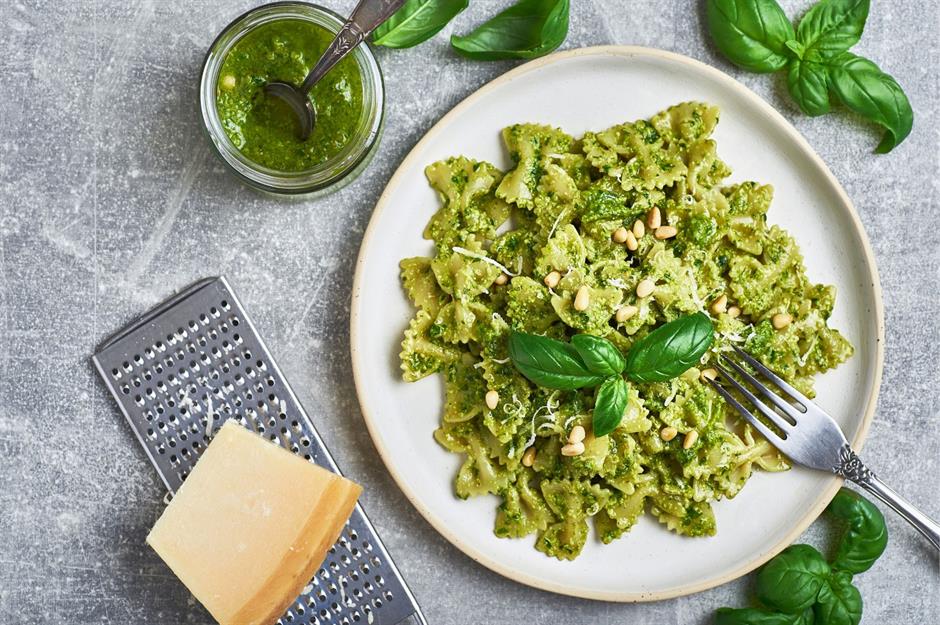
Fresh pesto contains a number of healthy – and tasty – ingredients. “The fresh herbs, such as basil, offer anti-inflammatory and antibacterial properties, while the pine nuts contribute healthy fats, protein and minerals like magnesium and zinc,” explains Walpole. “Making pesto at home is simple and allows you to customise ingredients to enhance flavour and nutritional value, ensuring a delicious and healthful addition to your meals.”
24. Malt loaf
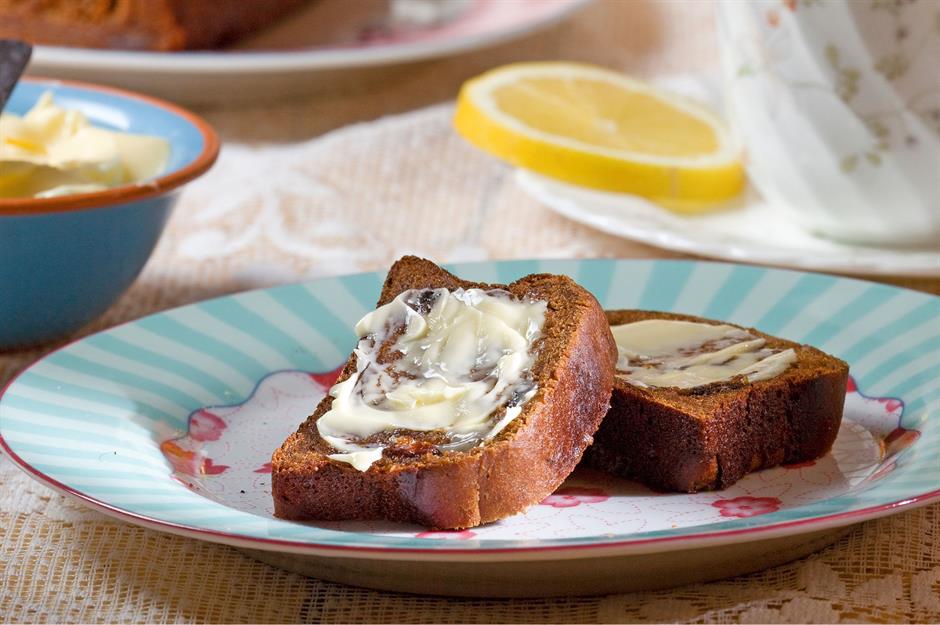
It’s hard not to enjoy a slice of gooey, sticky, squidgy malt loaf, and thankfully you can do so guilt free. This trusty staple is recognised as a healthy snack by the UK government's Change4Life campaign. One high fibre Soreen Lunchbox Loaf has 90 calories and 0.21oz (6.1g) sugar, which is around 20 calories and 50% less sugar than a typical cake bar.
24. Malt loaf
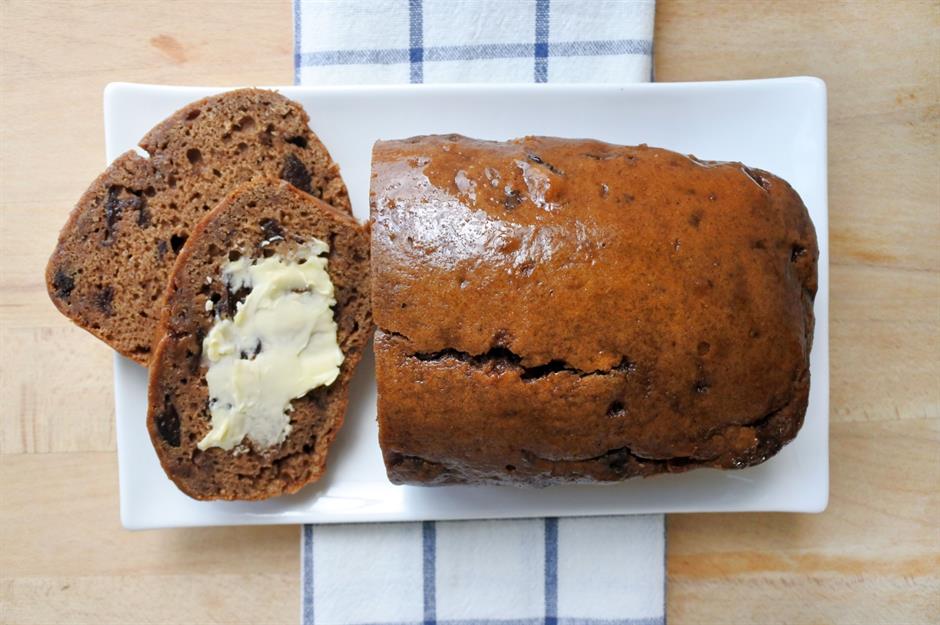
Malt loaf is packed with B vitamins, including folate and niacin, and also contains amino acids, which are essential for a balanced diet. For a nutritious breakfast or snack, try toasted malt loaf topped with fresh berries. Malt extract, meanwhile, is considered a good source of natural energy and is high in vitamins, minerals and trace elements.
23. Baked beans
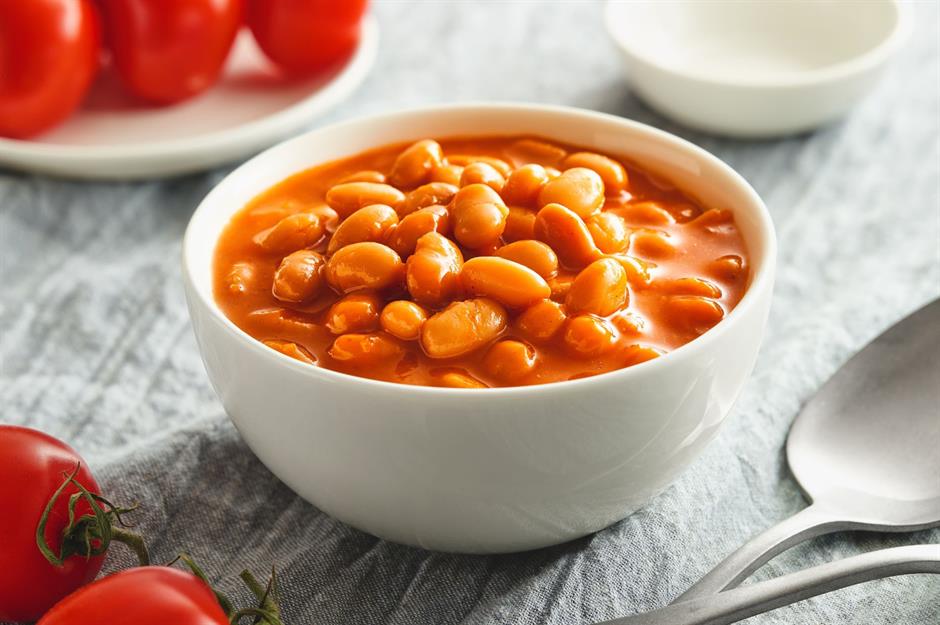
There’s no need to feel guilty about having baked beans on toast for dinner when you lack the time or inclination to cook – in fact, half a standard tin of Heinz Beanz counts as one of your five-a-day. “Baked beans are a healthy choice due to their high fibre and protein content, supporting digestion and muscle health,” says Walpole.
23. Baked beans
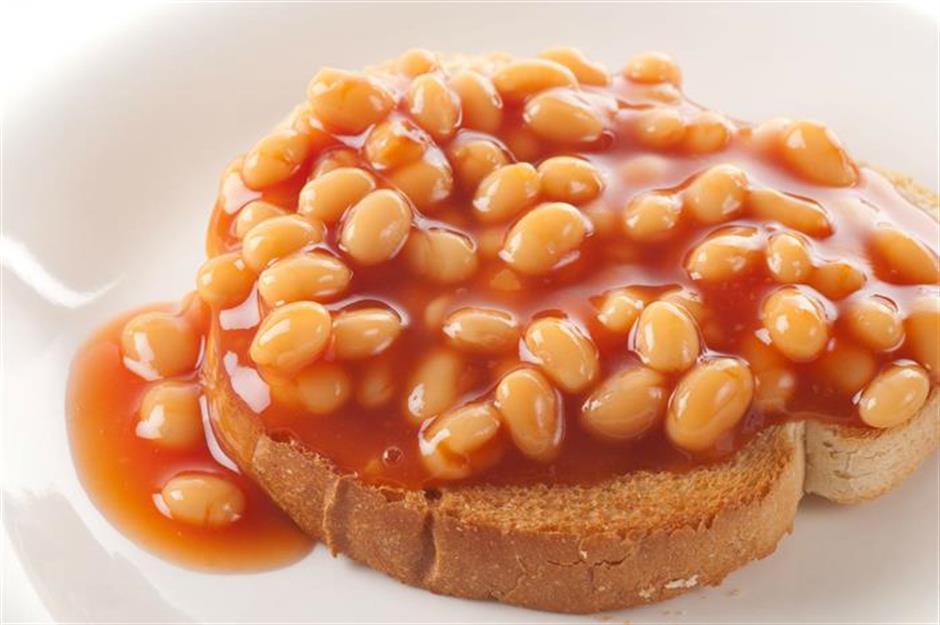
This plant-based product is also packed with healthy nutrients, including magnesium, zinc and vitamin B6. Whether you enjoy them spooned over a piping hot jacket potato, on toast with grated cheese or as part of a cooked breakfast, baked beans are a great convenience food to have on hand. “To keep them healthier, opt for versions without added sugar or make your own at home, adding flavourful spices like smoked paprika and cumin for an extra nutrient boost," recommends Walpole.
22. Honey
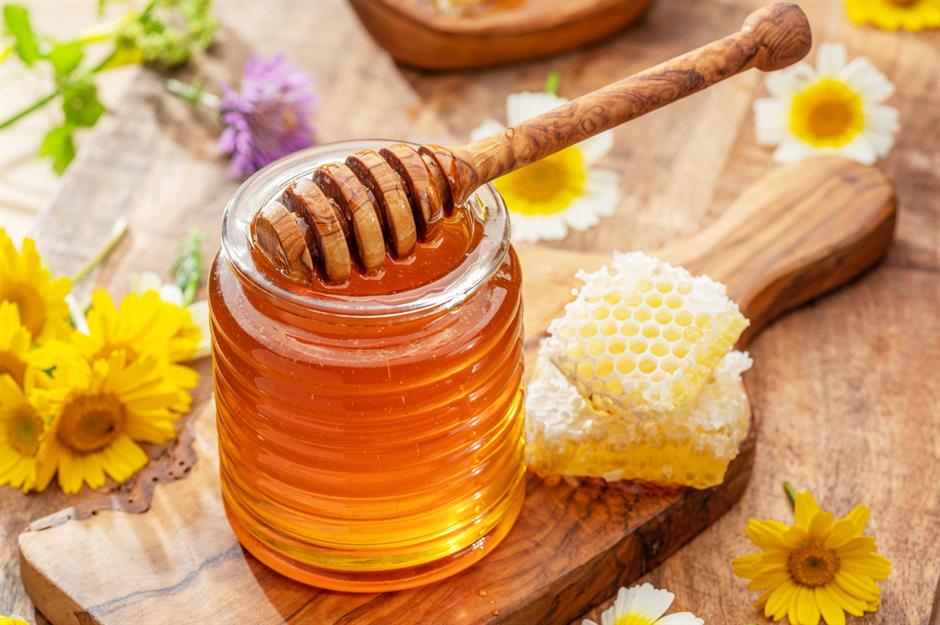
High in sugars, even if they’re naturally occurring, honey isn’t something to consume in large amounts. However, if enjoyed in moderation, it can have some excellent health benefits. While it doesn’t have much nutritional value, it contains plant compounds called polyphenols, which can support digestion and brain health and help protect against illnesses such as heart disease. Honey is rich in antioxidants too, with darker varieties typically having more than lighter types, so it could also help to prevent cell damage.
22. Honey
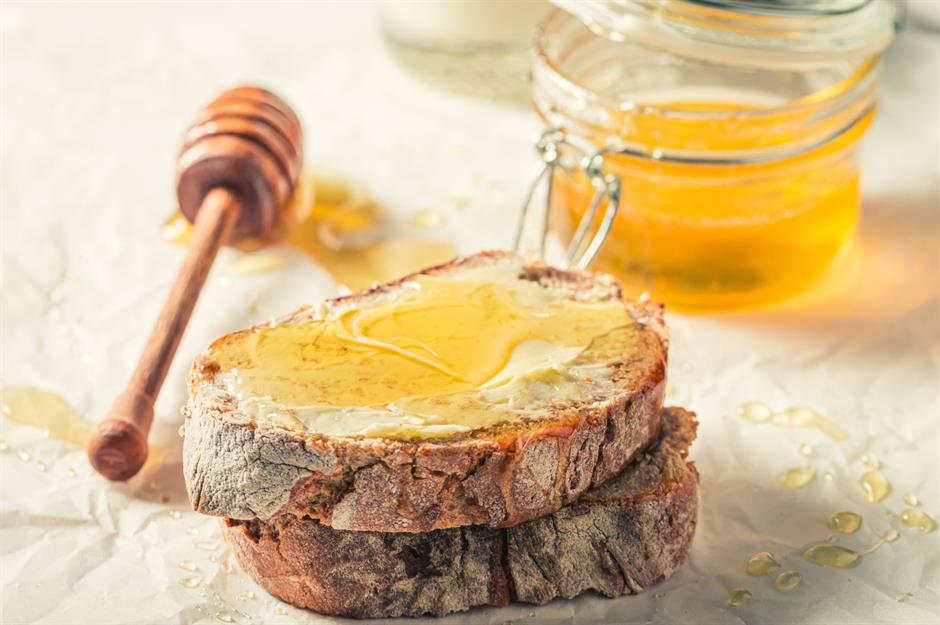
There’s even evidence that honey is better for blood sugar levels than other sugars; it still raises your blood sugar, but it could also improve blood sugar regulation and reduce inflammation. So, although you shouldn’t eat honey by the spoonful, spreading a small amount on some toast – or drizzling it across your porridge – could be good for you.
21. Curry sauce
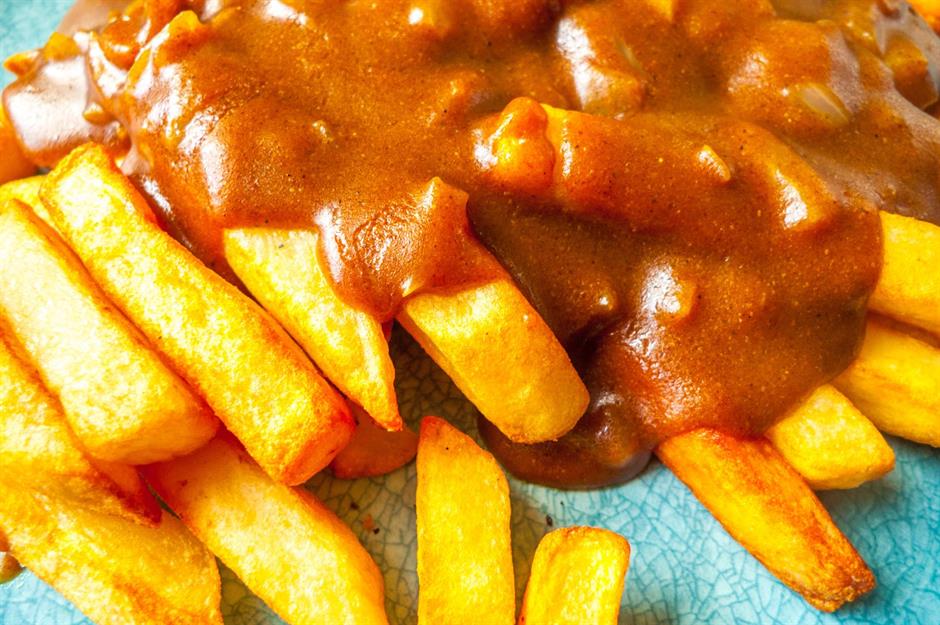
Whether you’re slathering it over sausages, homemade chips or katsu-style chicken, curry sauce can be a delicious – and surprisingly healthy – addition to your meal. “Curry sauce can be beneficial due to its rich blend of spices like turmeric, ginger and garlic, which offer anti-inflammatory and antioxidant properties that support overall health and the gut microbiome,” explains Walpole.
21. Curry sauce
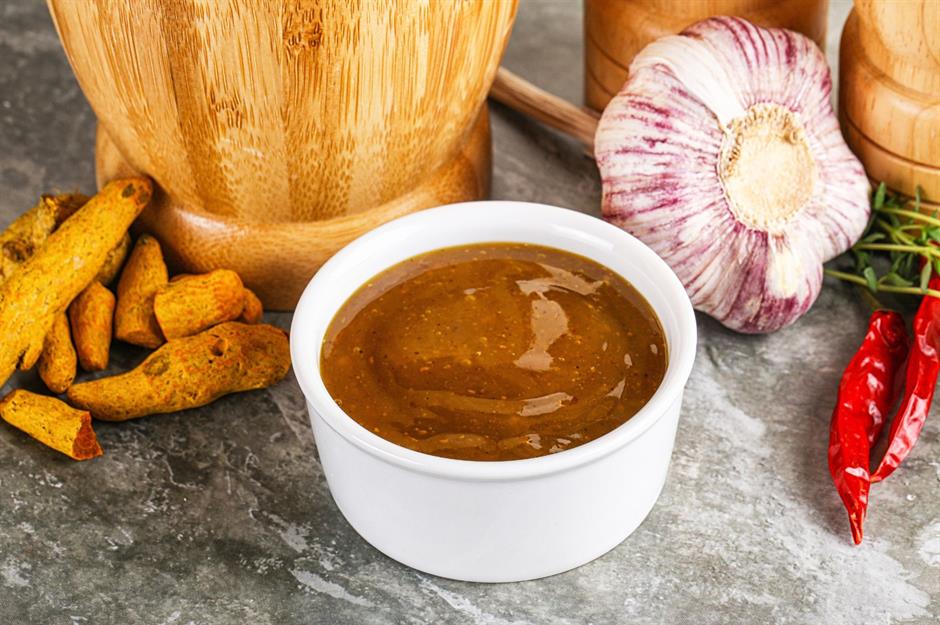
Many shop-bought options contain vegetable oils, so Walpole recommends making your own curry sauce at home for better ingredient control – this way you can pack in all of your favourite spices without any extra nasties. Plus, prepared in bulk, it can be stored in ice cube trays and frozen for another day.
20. Full-fat yogurt
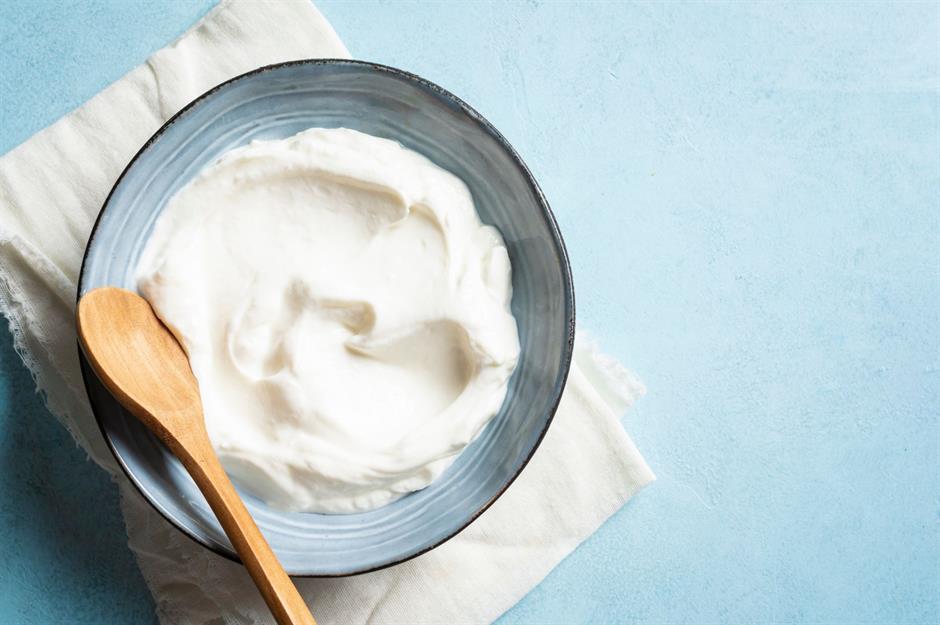
Despite its high calcium content and multiple nutritional benefits, full-fat yogurt is another food that’s been branded as ‘unhealthy’ by diet culture. While it does contain mostly saturated fat, studies have shown that consuming these fats from whole milk products promotes HDL (the good cholesterol), reducing the risk of heart disease.
20. Full-fat yogurt
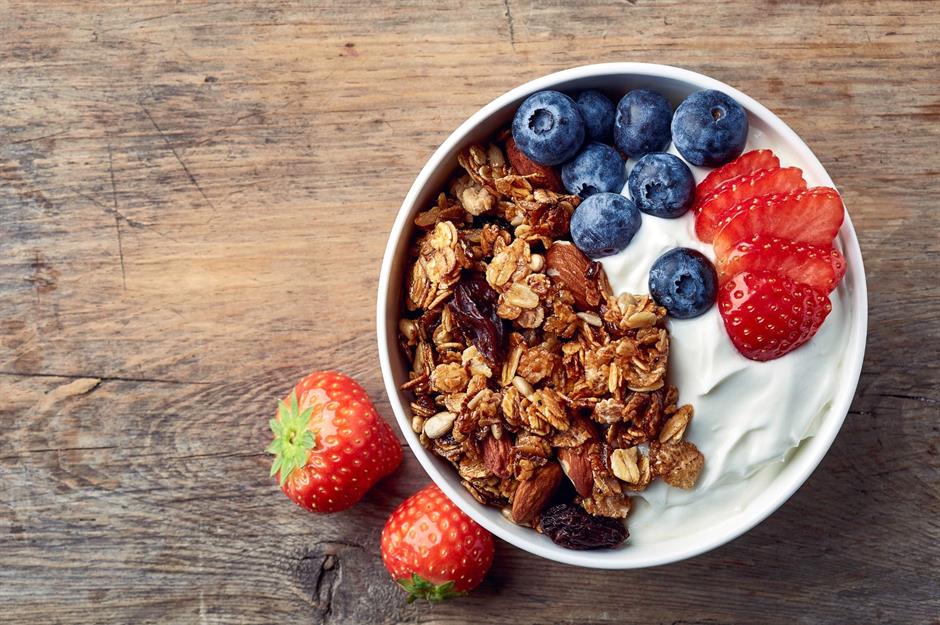
Full-fat yogurt, especially Greek-style yogurt, is also high in protein – plus it’s packed with probiotics, known to help digestive health. Some even prefer its richer, creamier texture over lower fat options. Enjoy it for breakfast with fresh berries and homemade granola or add a dollop to a bowl of hearty chilli for a healthier alternative to sour cream.
19. Potatoes
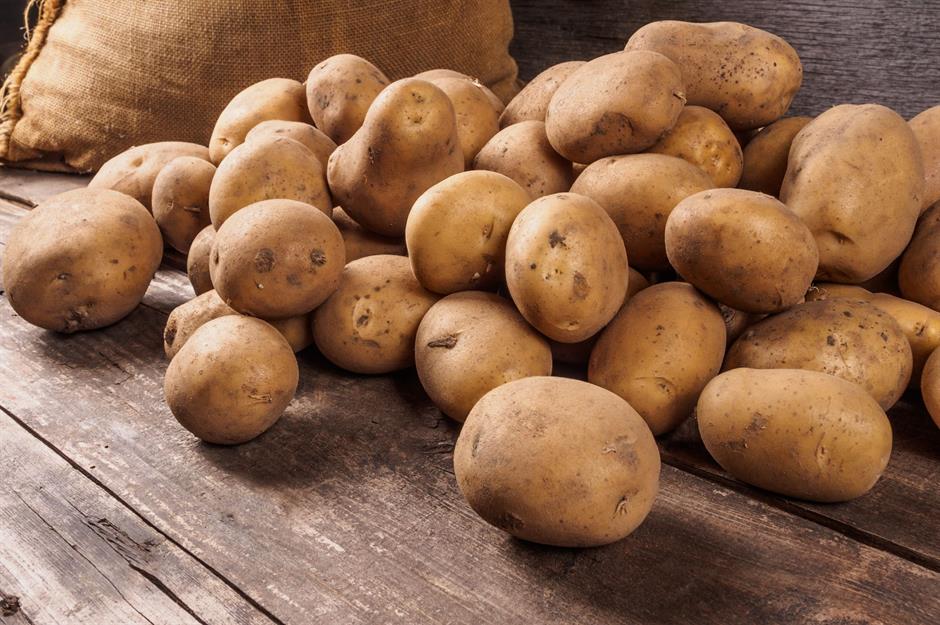
Due to their high glycaemic index (GI) – the measure of how quickly a carbohydrate releases sugar into the bloodstream – potatoes have garnered a reputation for being unhealthy. But that’s far from the truth. Not only are they packed with carbohydrates, but Walpole explains that potatoes are also a great source of vitamins like vitamin C and B6, along with potassium and fibre.
19. Potatoes
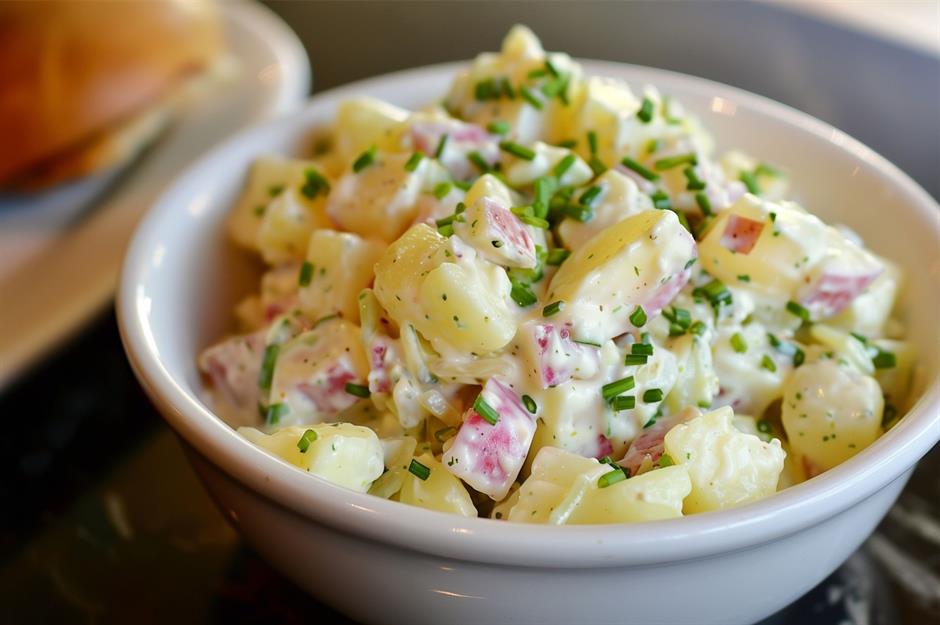
The versatile favourite is also brimming with antioxidants, such as flavonoids and phenolic acids, which are known to help protect against diseases such as cancer and diabetes. “When cooked and cooled, they become rich in resistant starch, which supports a healthy gut microbiome by feeding beneficial bacteria," Walpole adds.
18. Breakfast cereal
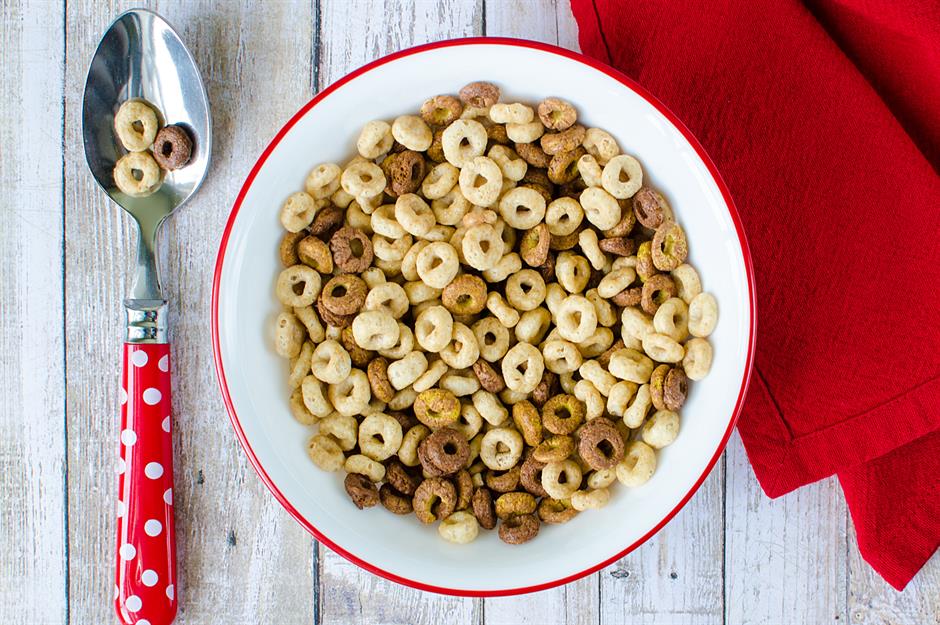
Cereals can get a bad rap, but pick carefully and a bowl can deliver an array of health benefits. Cheerios, for example, are fortified with at least 15% of your recommended daily intake of nine vitamins and minerals per small bowl. Add in 5.3fl oz (150ml) milk and that goes up to more than 40% of the daily recommendation for calcium specifically. The cereal is also high in fibre and relatively low in added sugar compared to other popular brands.
18. Breakfast cereal
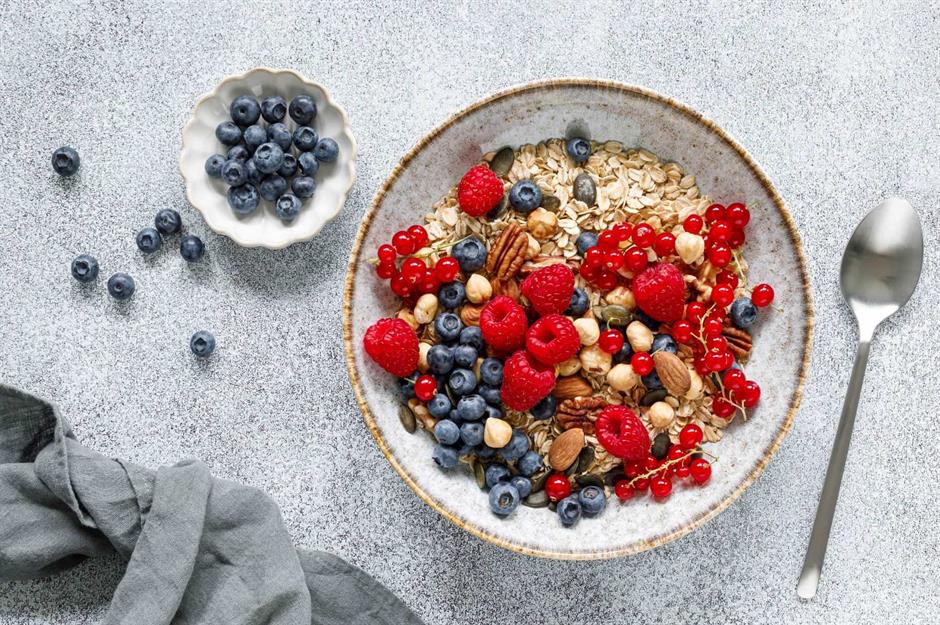
Another nutritious – and delicious – morning option is muesli. This cereal is loaded with wholegrains and fibre, both of which are known to aid the digestive system and keep you fuller for longer periods of time. Some shop-bought options can come packed with sugar, so opt for boxes that are labelled as being low in sugar, or make your own and add in mixed nuts for added protein and dried fruits to aid gut health.
17. Red meat
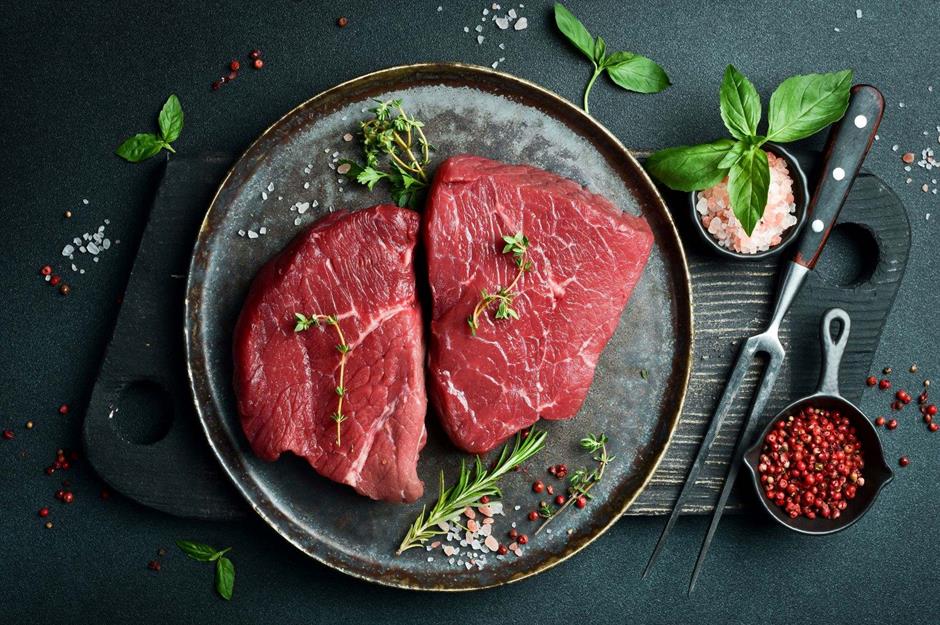
It turns out that red meat isn’t as bad for you as you may have been led to believe. In fact, if you trim off all visible fat, unprocessed red meats like beef and lamb can be a beneficial choice. “Red meat is an excellent source of heme iron, which is highly absorbable and vital for preventing anaemia, along with providing protein, zinc and B vitamins,” says Walpole.
17. Red meat
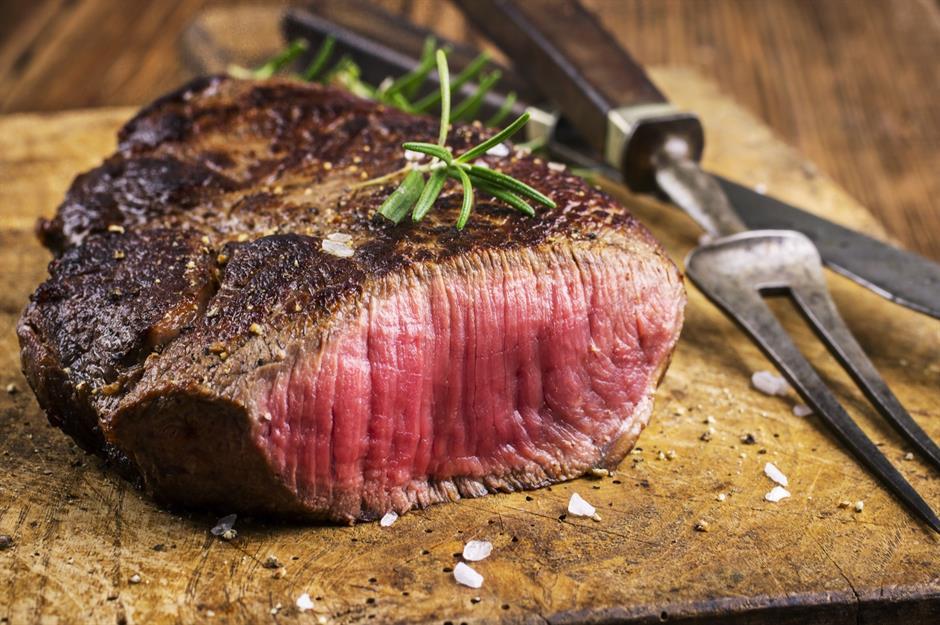
Unsure about which cuts to go for? To keep your red meat consumption on the healthy side, Walpole suggests choosing leaner cuts and considering options like venison. It’s not only more nutrient dense and lower in fat but, when cooked right, venison is also tender and delicious. Walpole also recommends limiting your red meat intake to no more than two portions per week.
16. Frozen fruits and vegetables
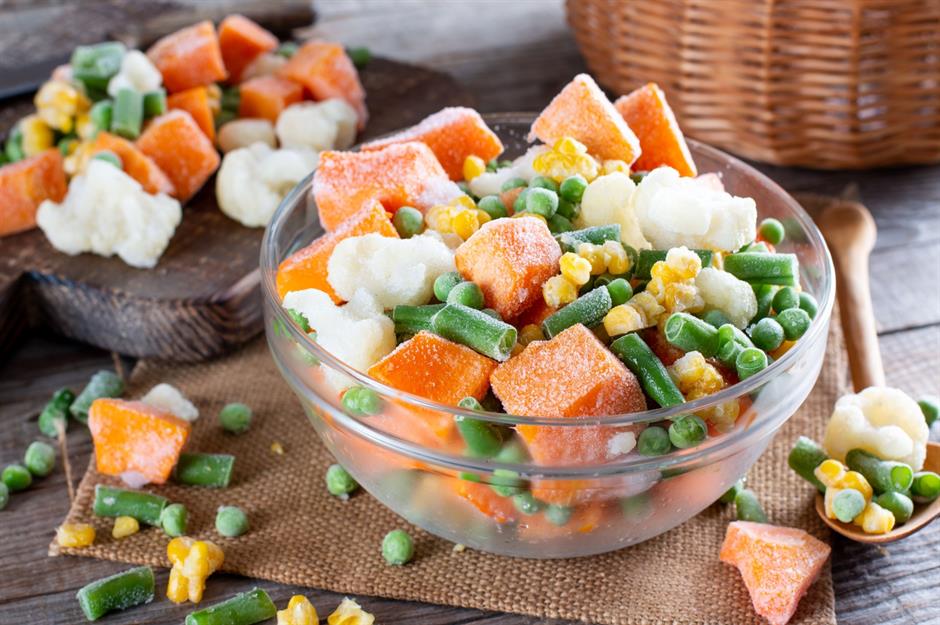
While you might think fresh fruits and vegetables are always the better option, research has shown that pre-packaged, frozen varieties can be more nutritious. This is because the frosted fruits and veggies are flash-frozen soon after being picked, allowing them to maintain their nutritional value. It's well worth filling your freezer with nutrient-dense vegetables like peas, sweetcorn, spinach and broccoli, as well as frozen berries for smoothies and desserts.
16. Frozen fruits and vegetables
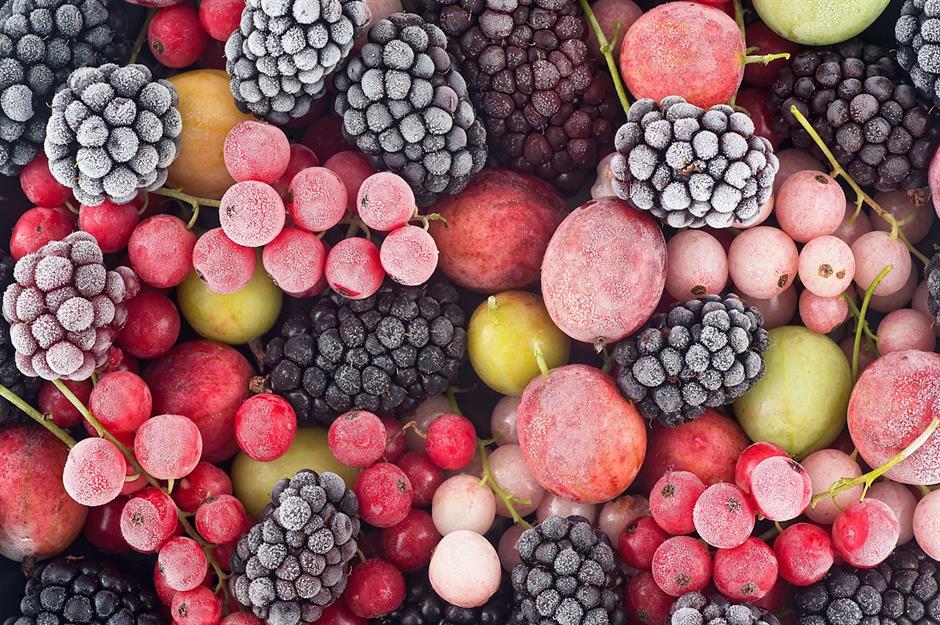
Frozen fruits and vegetables are often a lot cheaper than their fresh counterparts, plus they have an increased shelf life and can be enjoyed year round. Do check the ingredients list in case any preservatives or additives have been added, though, and opt for packets that don’t contain any extra salt or sugar.
15. Full-fat milk
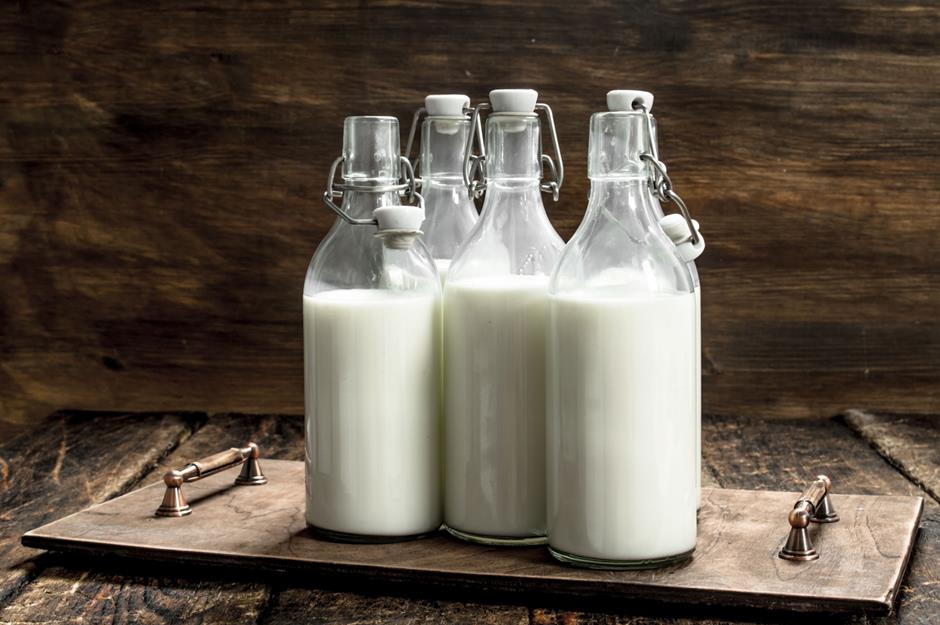
While for years full-fat milk was shunned by many in favour of skimmed – and skinny lattes and cappuccinos were all the rage – this mindset has shifted. “It can provide beneficial fats like omega-3s, especially if it’s organic or grass-fed, supporting heart and brain health,” says Walpole. “Gold top full-fat milk from Jersey cows is also less inflammatory for some people, as it contains A2 casein instead of A1, which may be better tolerated by those with autoimmune or skin conditions.”
15. Full-fat milk

Studies have found that those who consume full-fat dairy products, such as whole milk, are no more likely to develop cardiovascular diseases than those who avoid them. Whole milk benefits bone health, is a good source of nutrients and is packed with protein. Some people prefer the silkier, more velvety mouthfeel, too.
14. Fish fingers
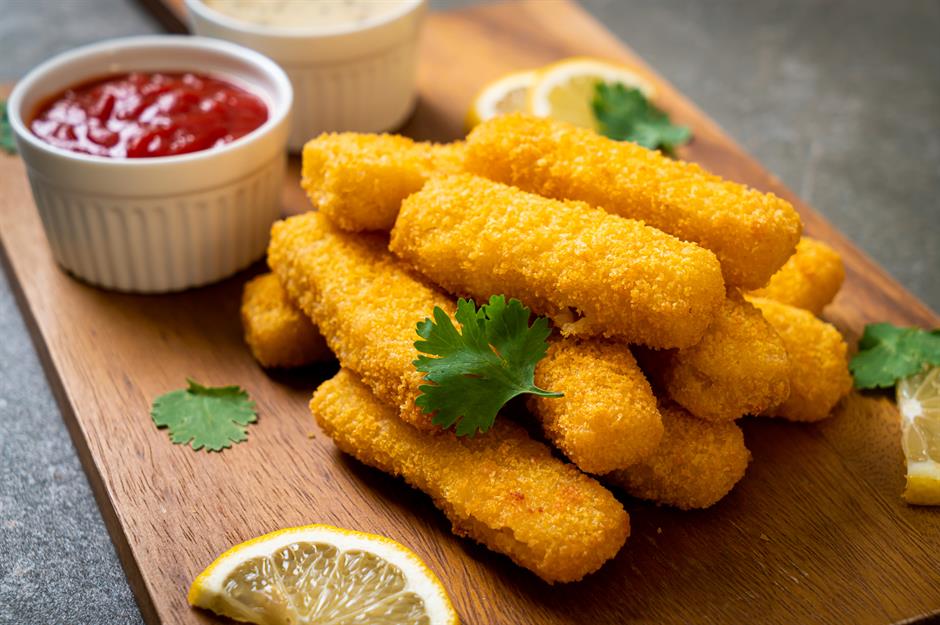
Frozen convenience foods might not seem like the healthiest of options, but there are some products that are worth stashing in your freezer for when you’re low on time and lacking the motivation to cook. Cod fish fingers, for example, are a great source of iodine, a mineral that can help to keep the thyroid gland, which controls metabolic rate, healthy.
14. Fish fingers
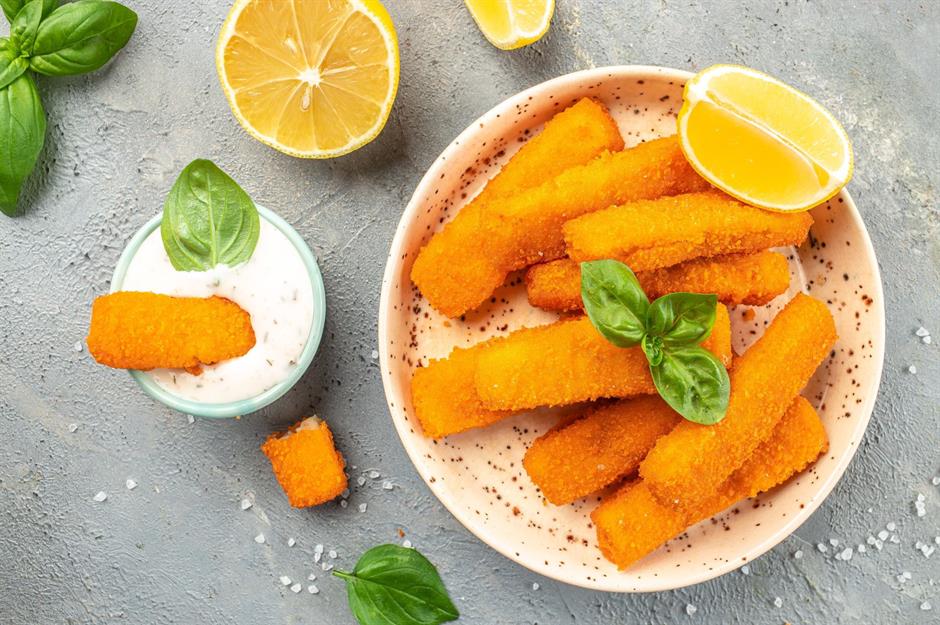
The trusty breaded bites are packed with valuable protein, plus they're rich in selenium, which is known to aid the immune system. Not only that, but fish fingers are also high in B12, a nutrient that’s needed in order to keep your blood and nerve cells healthy. So, you needn’t feel guilty about having a lazy midweek dinner, after all.
13. Fried eggs
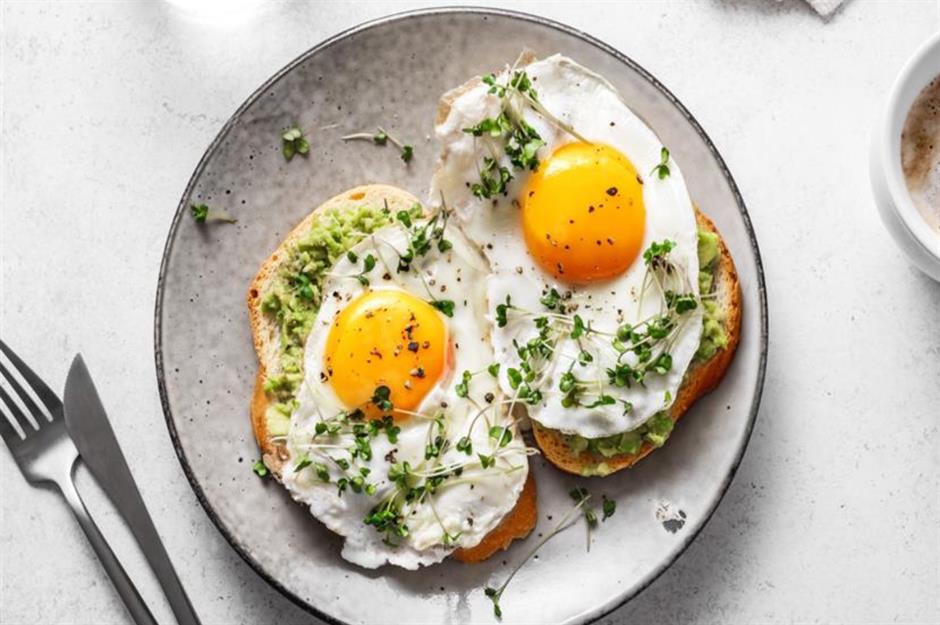
While they can be higher in calories than poached eggs, there’s no need to avoid fried eggs. The breakfast food is loved for its high protein content, as well as its array of other health benefits. “Fried eggs are a nutritious option, providing a rich source of vitamin A for eye health, and choline, which supports brain function,” says Walpole.
13. Fried eggs
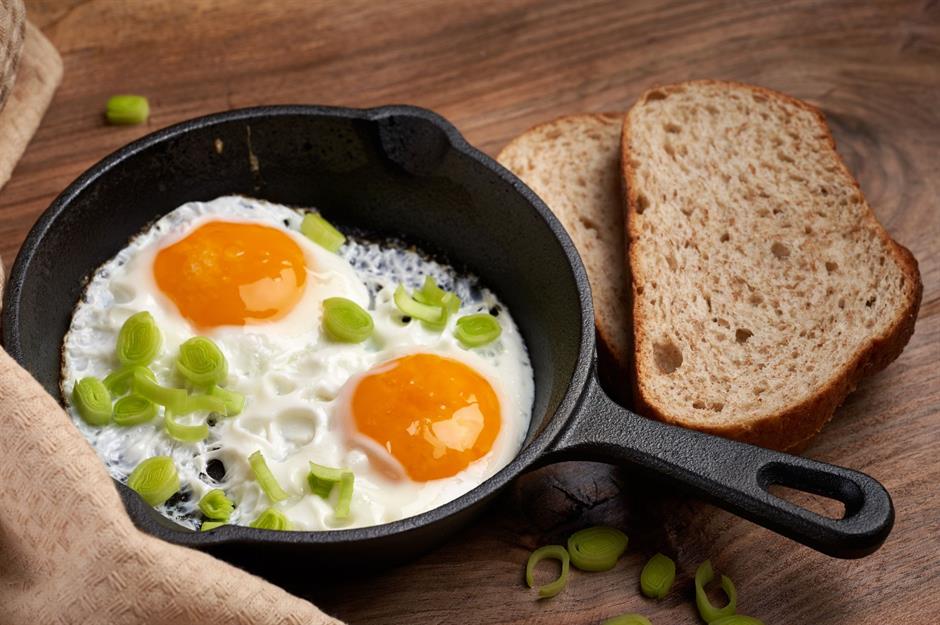
“Organic or omega-3-enriched eggs can also boost your intake of healthy omega-3 fats, benefiting heart health,” adds Walpole. Whether you like them sunny side up as part of a cooked breakfast or crispy around the edge and served over a steaming bowl of noodles, just be sure to fry your eggs in a fat with a high smoke point, such as coconut oil.
12. Pasta
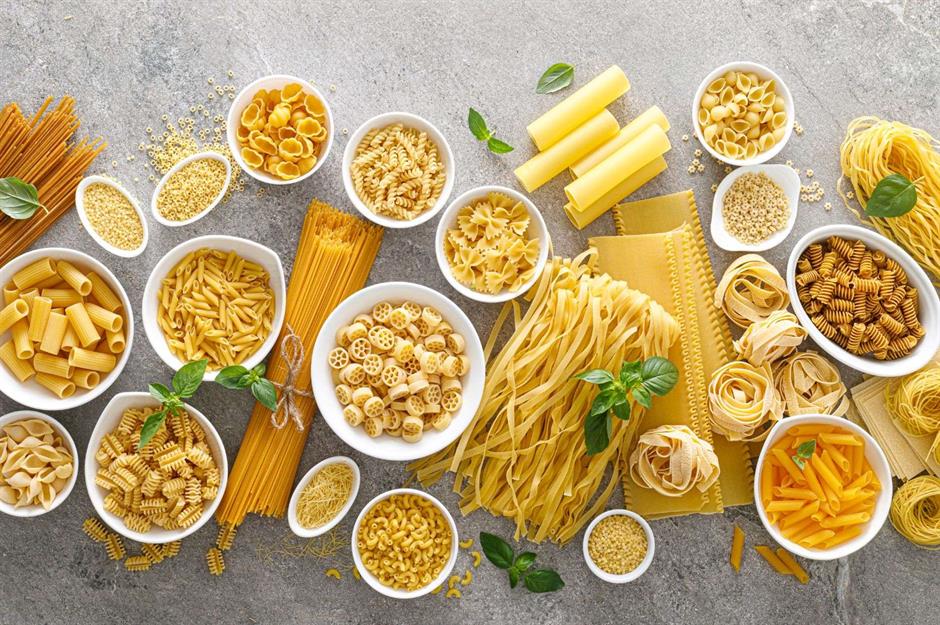
The negativity surrounding carbs such as pasta has become so widespread in diet culture that it’s often forgotten that healthy eating guidelines from around the world universally recommend that starchy carbohydrates, especially wholegrains, should be a key part of our meals. Both white pasta and wholegrain pasta score well on the glycaemic index, too, with a GI of around 50.
12. Pasta
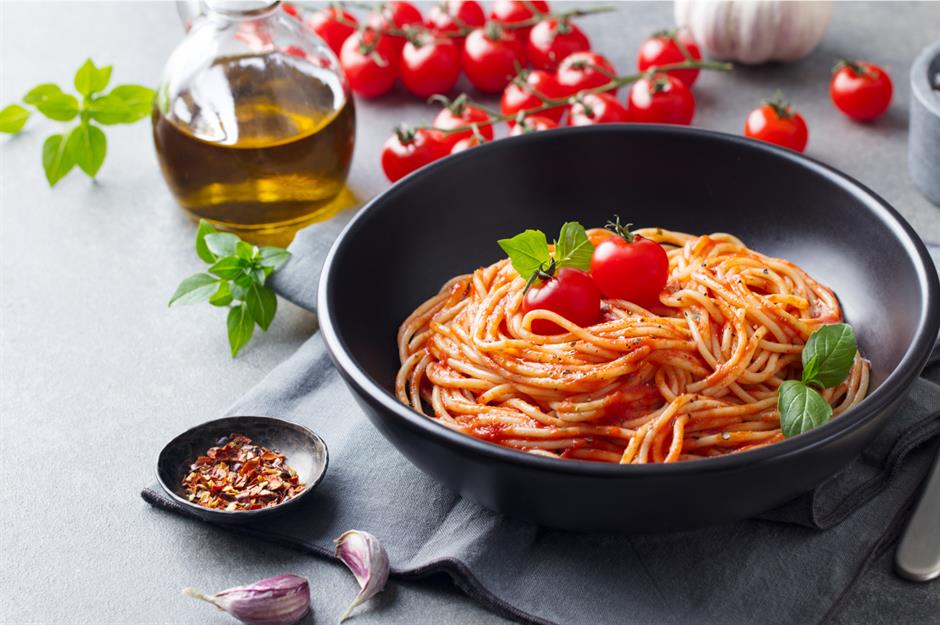
If you’re after a more nutritious option, choose wholegrain pasta; it’s higher in fibre, and it boasts an array of nutrients including manganese (which aids bone health and stops blood clotting) and infection-fighting selenium. Opt for a tasty sauce to go alongside your pasta, too – think heart-healthy pesto or veg-packed homemade tomato sauce, and you’ve got yourself a balanced meal.
11. Cheese
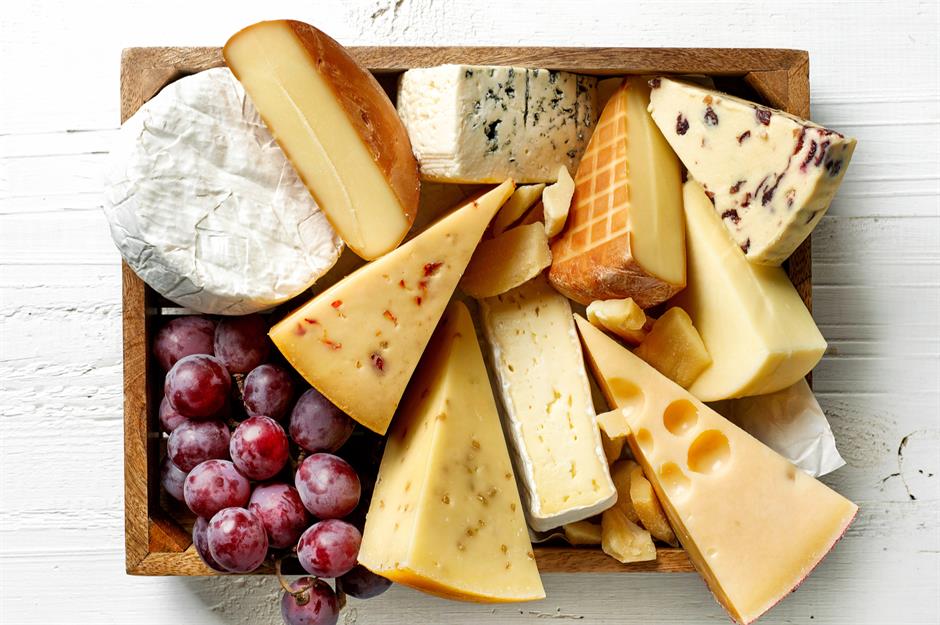
Cheese can have a high fat content, but it's also a brilliant source of both protein and calcium, with some varieties containing beneficial live cultures which help to support gut health, according to Walpole. It’s also packed with large quantities of vitamins A and B12, as well as zinc, which is good for boosting your immune system.
11. Cheese
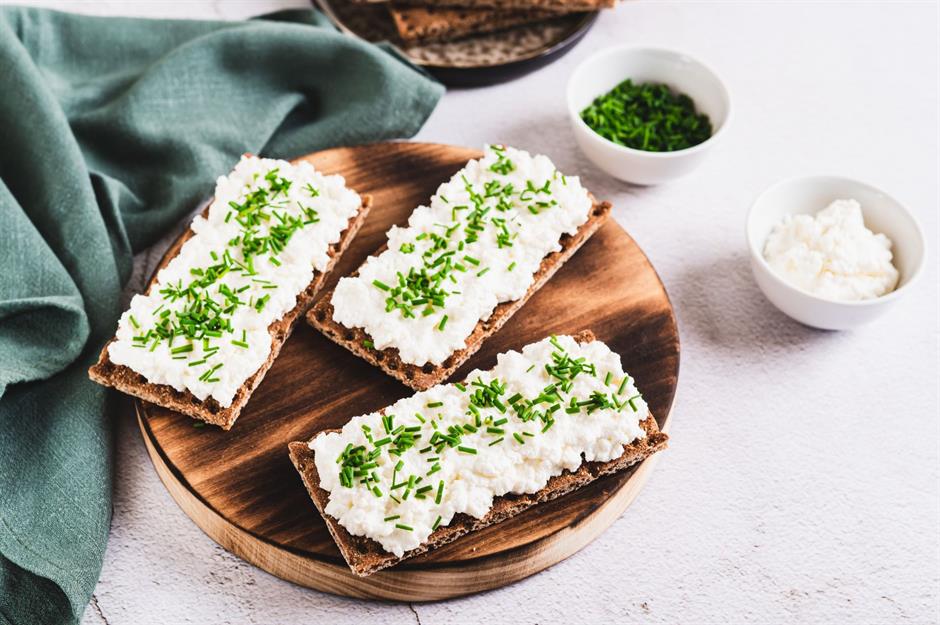
It’s worth noting that some cheeses are healthier than others, though. “Options like cottage cheese are gaining popularity again for being high in protein, low in fat and versatile in both meals and snacks,” Walpole confirms. “Added to eggs, it can help you hit over 30g of protein at breakfast.”
10. Dark chocolate
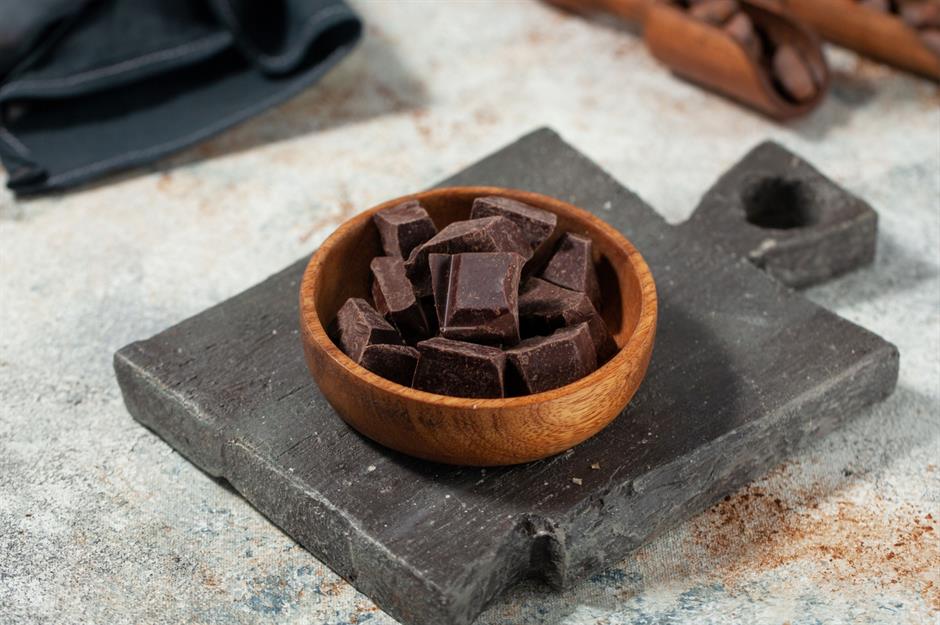
Rich in essential minerals like iron, magnesium and zinc, all of which support multiple bodily functions, as well as being a brilliant source of antioxidants, dark chocolate is not only delicious, but it also has many health benefits. “The darker the chocolate, the better it is for your health,” Walpole says.
10. Dark chocolate
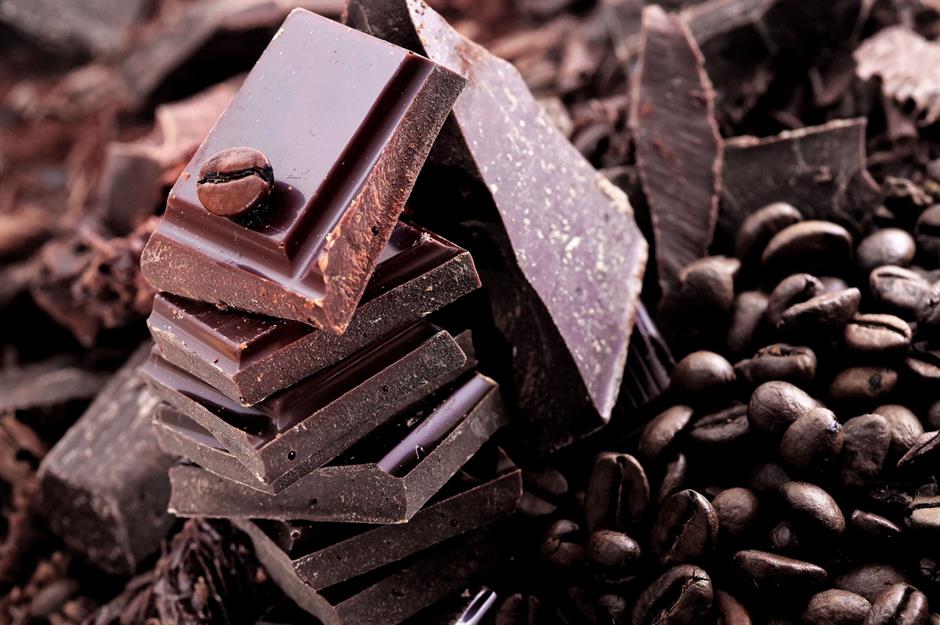
“Chocolate with 80% cacao or higher not only provides nutrients, but it also boasts a higher concentration of polyphenols, which are powerful antioxidants,” confirms Walpole. “Despite its fat content, the health benefits of dark chocolate far outweigh the potential drawbacks, making it a good choice when enjoyed in moderation.”
9. Tinned fruits and vegetables
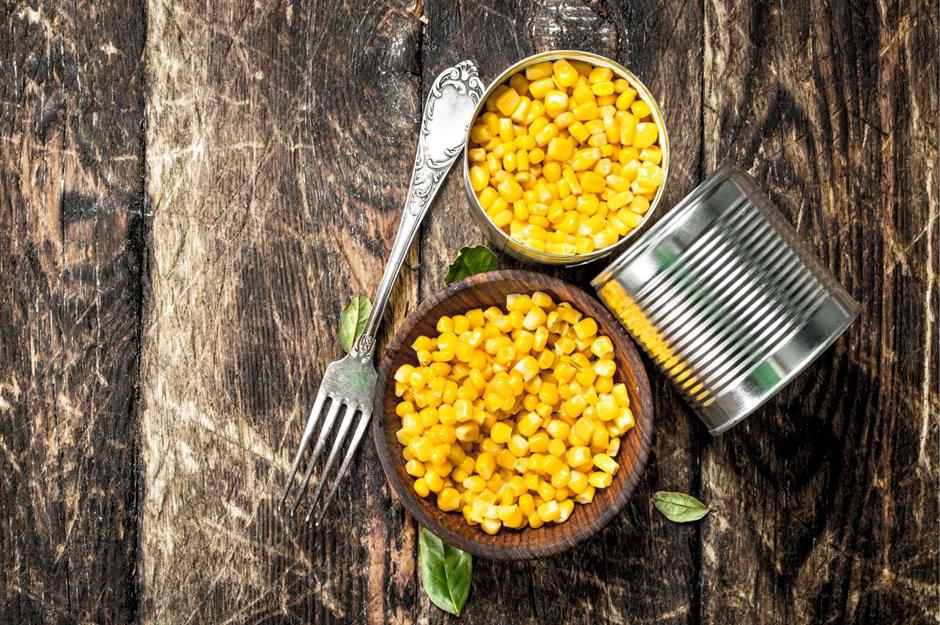
Just like frozen varieties, tinned fruits and vegetables are great to have on hand as they require little time and effort to prepare – and they're surprisingly nutritious, too. Tinned fruits and veggies are picked at their ripest and processed quickly to ensure they stay as fresh and nutrient dense as possible. This means ingredients like tinned peaches are rich in vitamins A and E, tinned pineapple can be full of blood pressure–managing potassium and tinned sweetcorn is loaded with fibre.
9. Tinned fruits and vegetables

Having a stash of tinned fruits and vegetables in your store cupboard means you’ll always have an easy, nutritious option available when your rushed midweek meal doesn’t feel quite healthy enough. Canning also extends the shelf life of ingredients too; just avoid products that contain added salt and sugars or are swimming in sugary syrup.
8. Biscuits
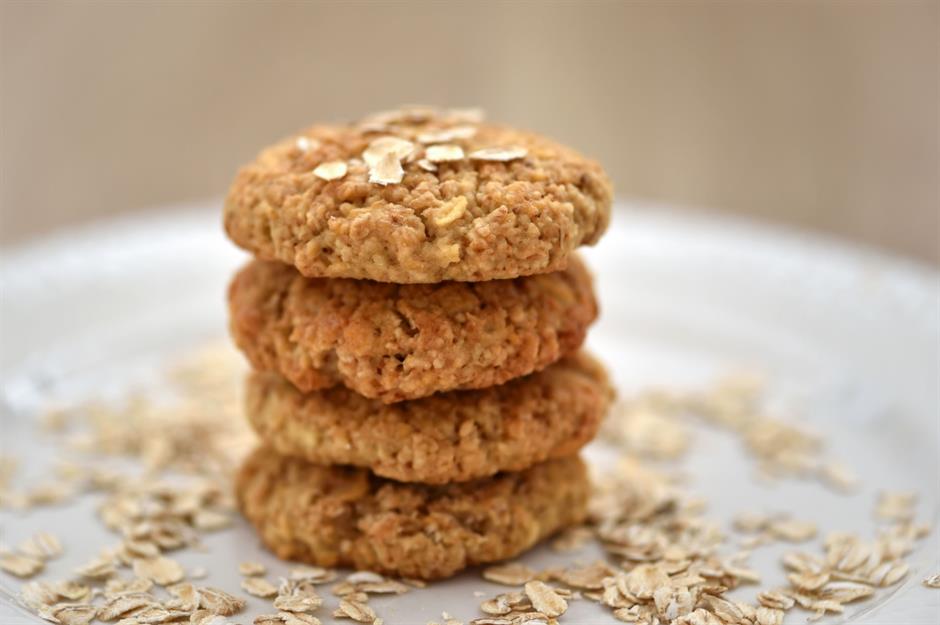
Tucking into a biscuit alongside your mid-morning coffee could be better for you than you think, depending on what type of treat you reach for. Some biscuits may as well be pure sugar, but others have additional nutritional benefits. Biscuits containing oatmeal, for example, could provide you with fibre, iron and calcium. If they also have nuts, raisins or other dried fruits, you'll get the bonus of protein and certain healthy vitamins, too.
8. Biscuits
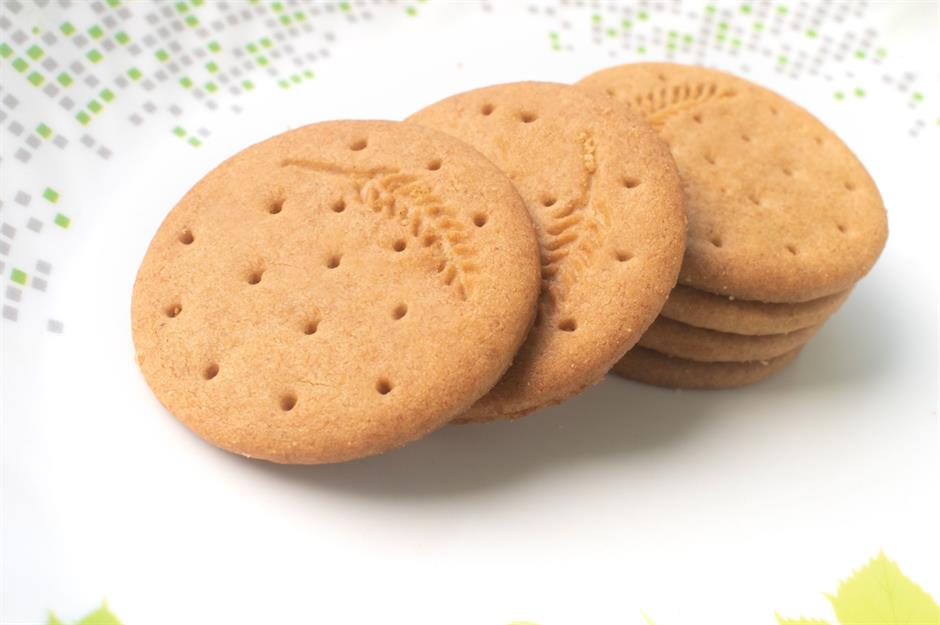
For a healthier snack, look for biscuits that are on the plain side, low in sugar and not covered in chocolate. Oat biscuits, digestives, rich tea biscuits and malted milk biscuits are all good options. Some brands also make lower-calorie biscuits, so you can have one or two without overindulging. Check the ingredients to find out exactly what’s in them – or try making your own healthy biscuits at home.
7. Chips
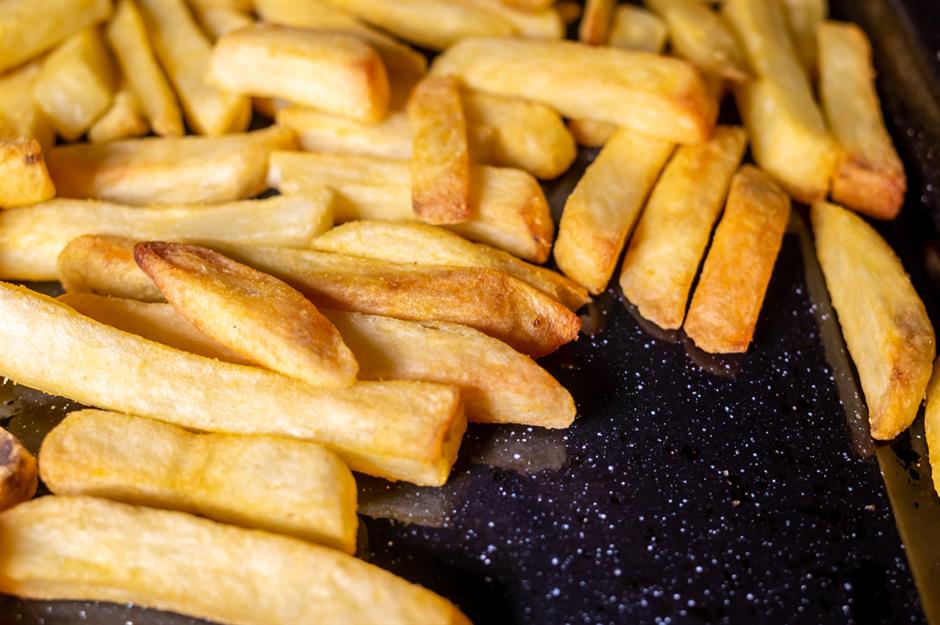
Homemade oven chips made using just potatoes and oil are no more ‘processed’ than roast or mashed potatoes prepared from scratch, so you needn’t feel guilty about enjoying them. “They provide fibre, potassium and vitamin C, especially when baked with olive oil, which adds heart-healthy fats, and herbs for added antioxidants,” says Walpole.
7. Chips
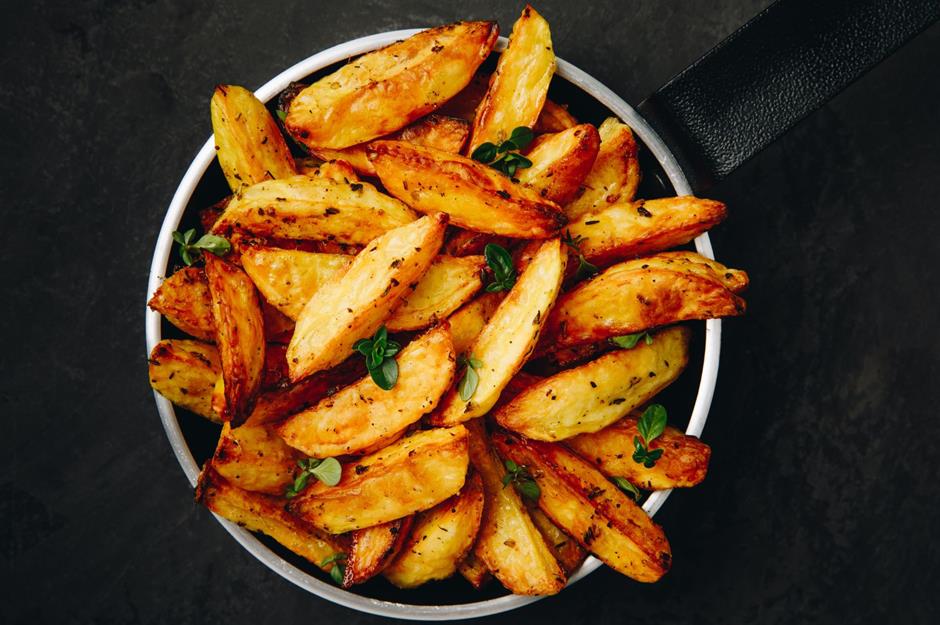
If you’re looking for an even healthier option, switch to nutrient-rich sweet potatoes. “Sweet potatoes are an even better alternative due to their high beta-carotene content and lower glycaemic index, offering slower releasing energy and more vitamins,” confirms Walpole. Serve them up alongside a healthy protein source like herb-marinated baked chicken and a green salad for a healthy meal.
6. Milk chocolate

While milk chocolate may have fewer antioxidants (and often a higher sugar content) than its dark counterpart, it’s not all bad news. In fact, 1.8oz (50g) milk chocolate has almost as much calcium as a 3.5fl oz (100ml) glass of milk. Calcium is a vital nutrient needed to support healthy bones and teeth, and it helps to protect against diabetes, cancer and high blood pressure, too.
6. Milk chocolate
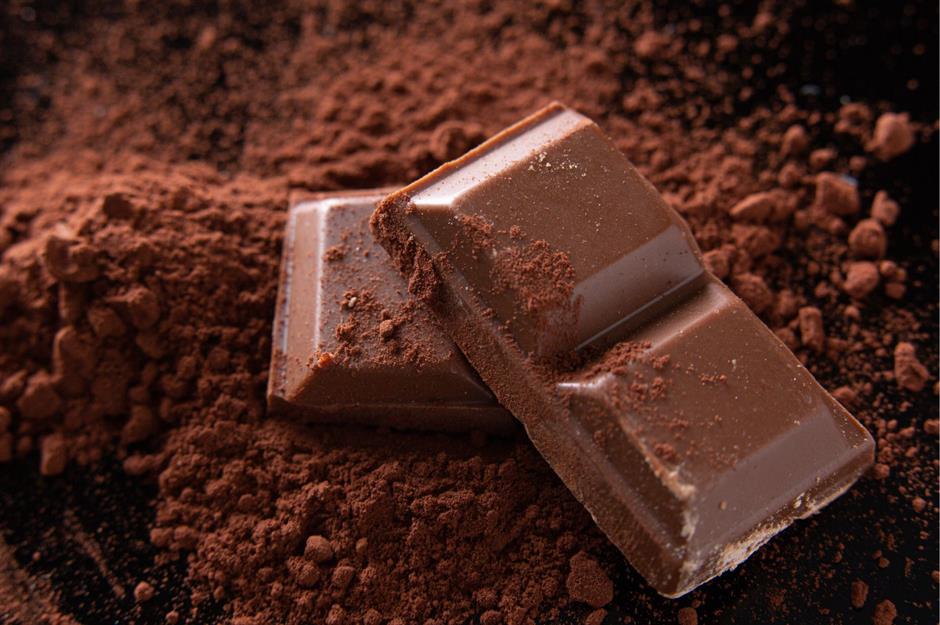
Milk chocolate also boasts small amounts of temperature-regulating iron, as well as other important vitamins and minerals including potassium, zinc and vitamins A and K. In addition, a study found that consuming chocolate daily could help the body fight against cardiovascular problems and reduce the risk of heart attacks and strokes.
5. Coffee
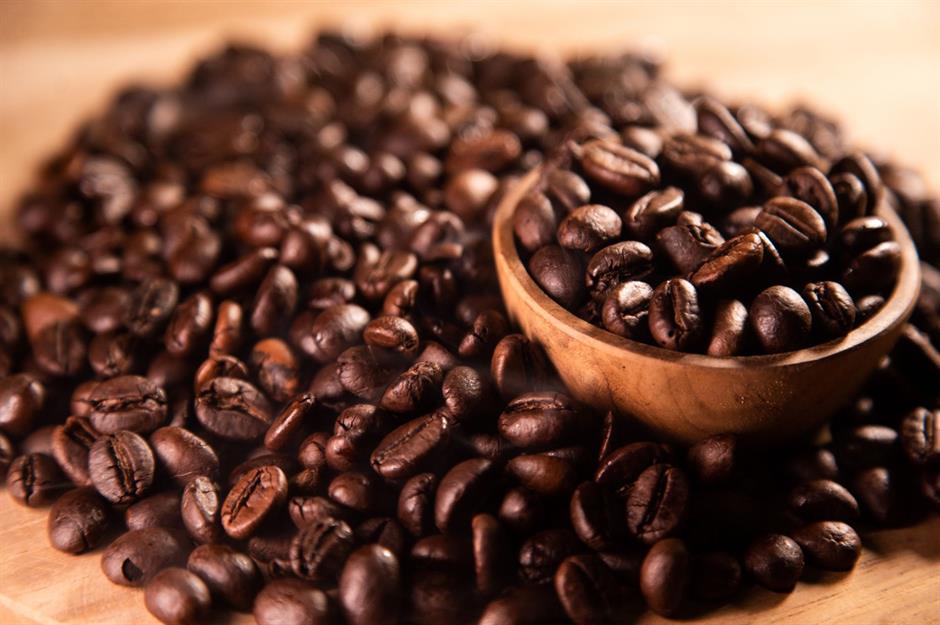
Can’t imagine getting through the morning without your favourite brew? It could be better for you than you realise, if consumed in moderation. “Coffee is rich in polyphenols and antioxidants, which can protect cells from damage and support overall health,” says Walpole. “It also benefits the gut microbiome by promoting the growth of beneficial bacteria.”
5. Coffee
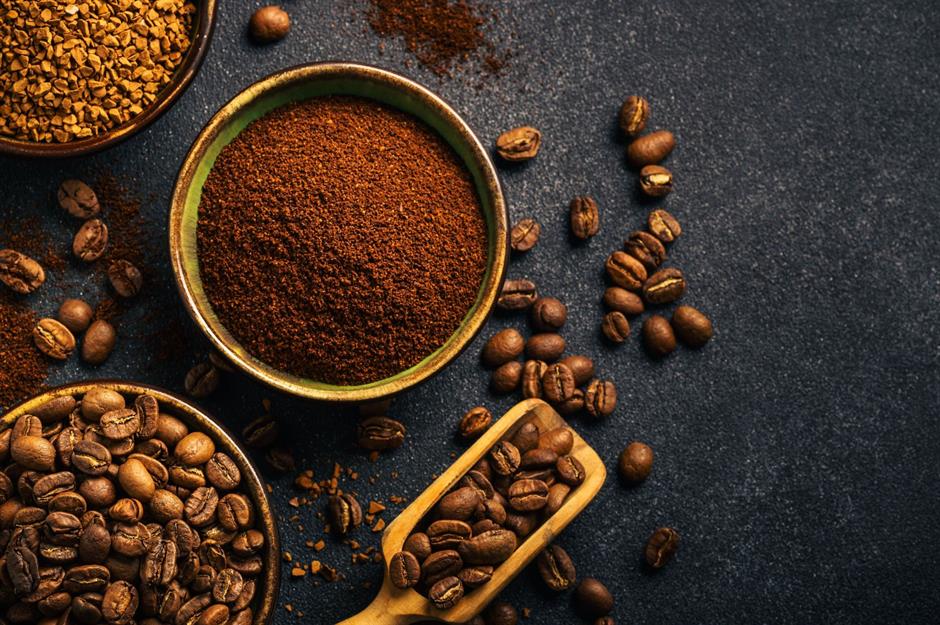
In addition, research shows that coffee can decrease the risk of developing both endometrial and liver cancers, as well as type 2 diabetes. While it can also boost energy levels, consuming too much can make you feel jittery and even cause heart palpitations. Women who are pregnant or breastfeeding should limit their caffeine intake.
4. Cake
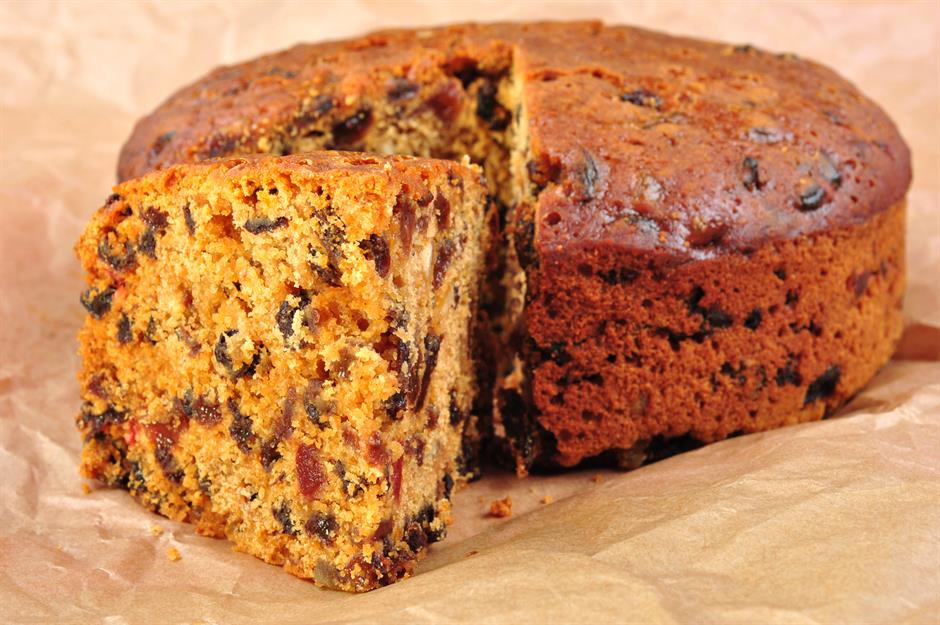
Yes, you read that right – some cakes can actually be pretty good for you. There are enough currants and sultanas in a classic homemade fruit cake, for example, for a slice to count as one of your five-a-day. And the fruits in that same slice also provide around 10% of your recommended daily intake of fatigue-fighting iron, too.
4. Cake
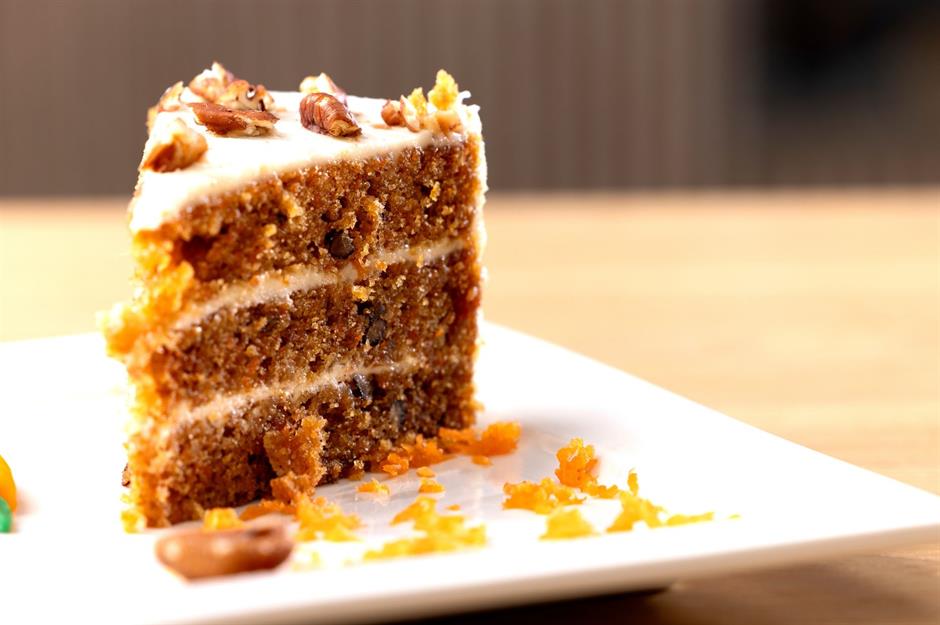
Similarly, carrot cake has some extra benefits, thanks to the orange-hued veggie. Carrots are packed with beta-carotene, an antioxidant known to reduce the risk of heart disease and some cancers. This vital component is also renowned for boosting eye health properties and can help you maintain better eyesight for longer. Obviously, the less sugar is in the cake, the better it is for you, and the treat should be consumed sensibly (a slice of carrot cake shouldn't be viewed as a replacement for a serving of carrots, for example).
3. White bread
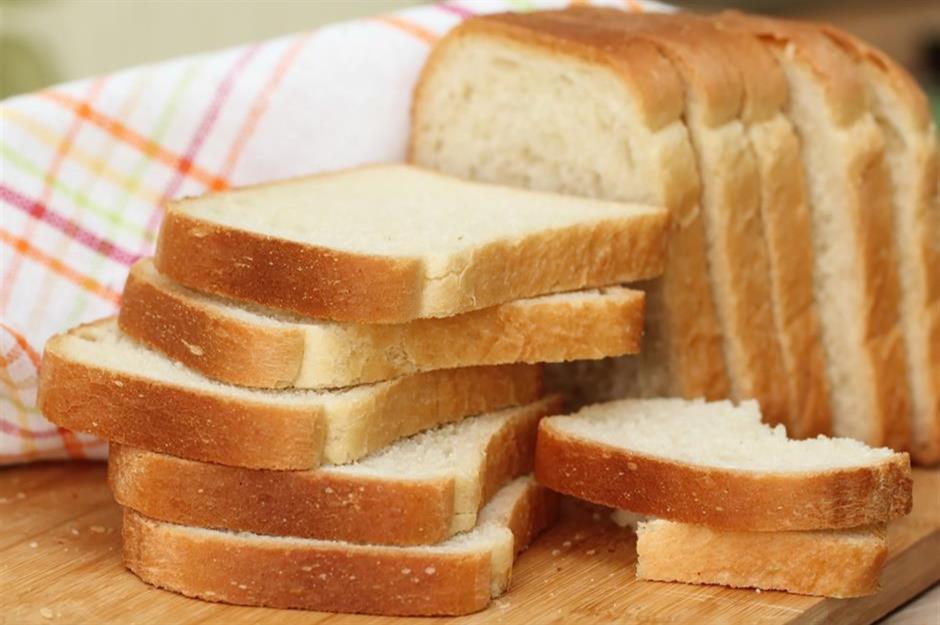
A wholemeal loaf has around 0.12oz (3.3g) fibre per slice, but that doesn’t make white bread – with 0.04oz (1.2g) of fibre per slice – bad for you. In fact, because white flour is, by law, fortified with a range of vitamins and minerals, two slices of white bread supply around 17% of your daily requirement of calcium (about the same as a couple of generous tablespoons of Greek yogurt).
3. White bread
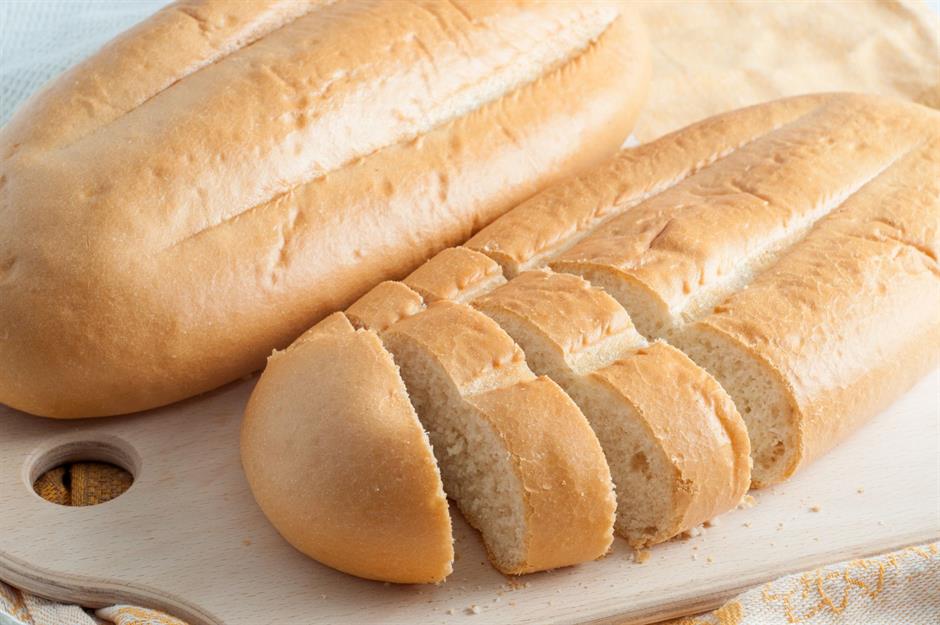
Similar to its wholemeal counterpart, white bread is a low-fat source of protein, and when paired with a healthy filling – from nutrient-dense peanut butter to unprocessed sandwich meats – it can be a great option come lunchtime. Just be sure to opt for fresh loaves with as few additional ingredients as possible.
2. Butter

Butter has been rather misunderstood through the years, but nutritionists – including Walpole – say it's not actually that bad for us, after all. “It contains essential amino acids and beneficial fats, including butyrate, which supports gut health and has anti-inflammatory properties,” she explains. In addition, butter is also a good source of vitamins like A, D and E, all of which are important to maintain a healthy lifestyle.
2. Butter
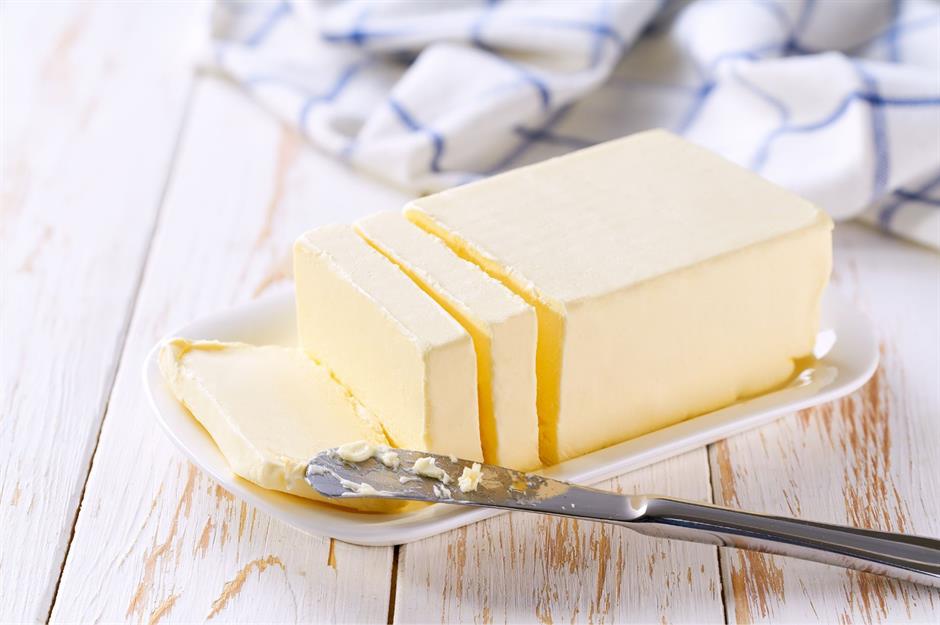
Walpole recommends opting for grass-fed butter, as it has a higher concentration of omega-3 fatty acids and vital vitamins like vitamin K2, both of which are linked to heart and bone health. “The rich nutrient profile of grass-fed butter can provide more health benefits compared to conventionally produced butter,” she adds.
1. Crisps
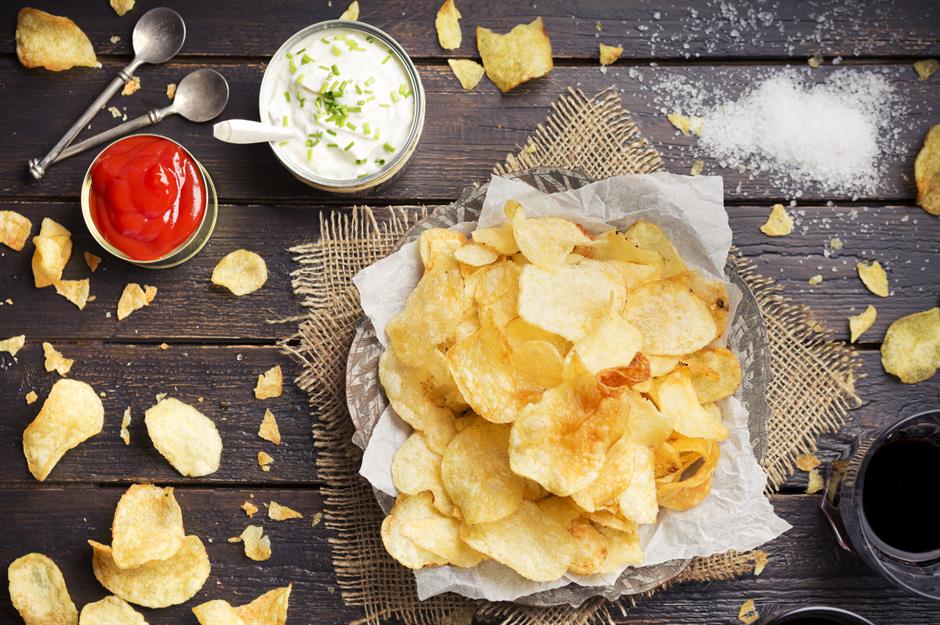
Perhaps most surprisingly of all, a 0.9oz (25g) bag of crisps contains almost as much potassium as the average banana – and 40% more vitamin C than a small bunch of red grapes. These days, most crisps are also fried in sunflower or rapeseed oil, which are high in unsaturated fat and won't raise your blood cholesterol levels.
1. Crisps
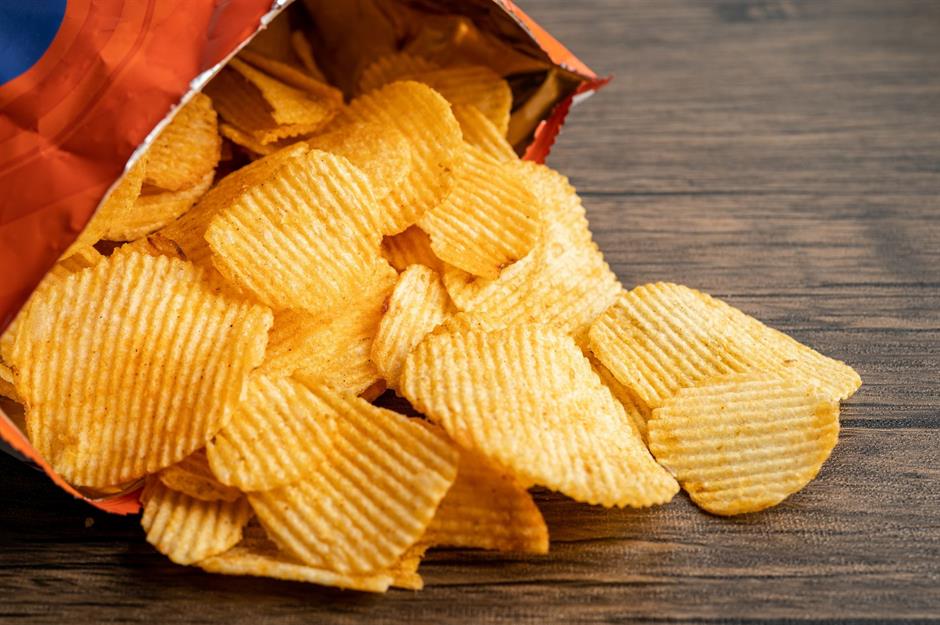
A snack-size bag of crisps is also a good source of carbohydrates. Do keep salt content and portion sizes in mind, though, and opt for baked varieties rather than fried where possible. Alternatively, you could make your own crisps in the oven or air fryer, allowing you to control the fat content and ingredients used.
Now discover the best AND worst vegetables, according to a nutritionist
Comments
Be the first to comment
Do you want to comment on this article? You need to be signed in for this feature